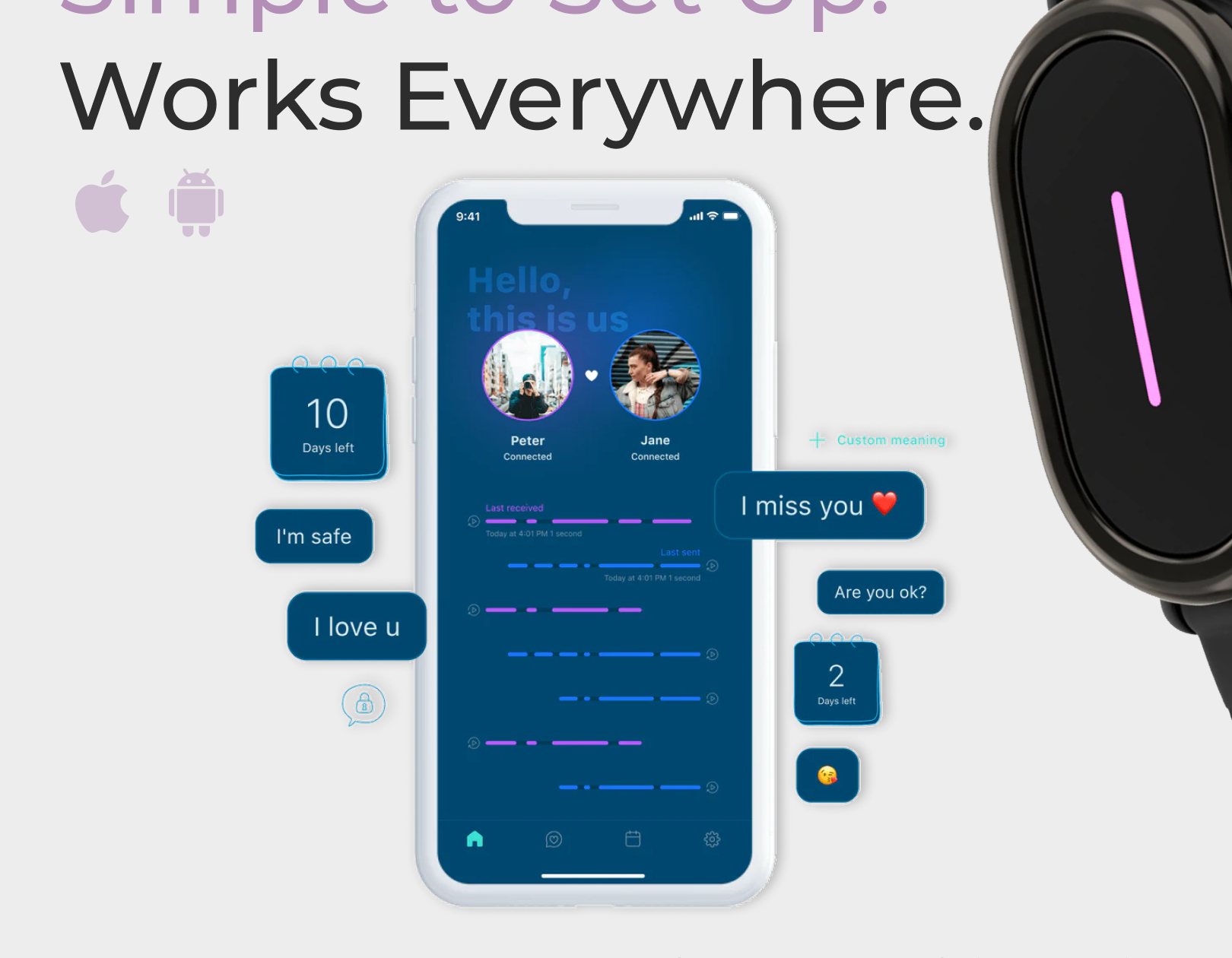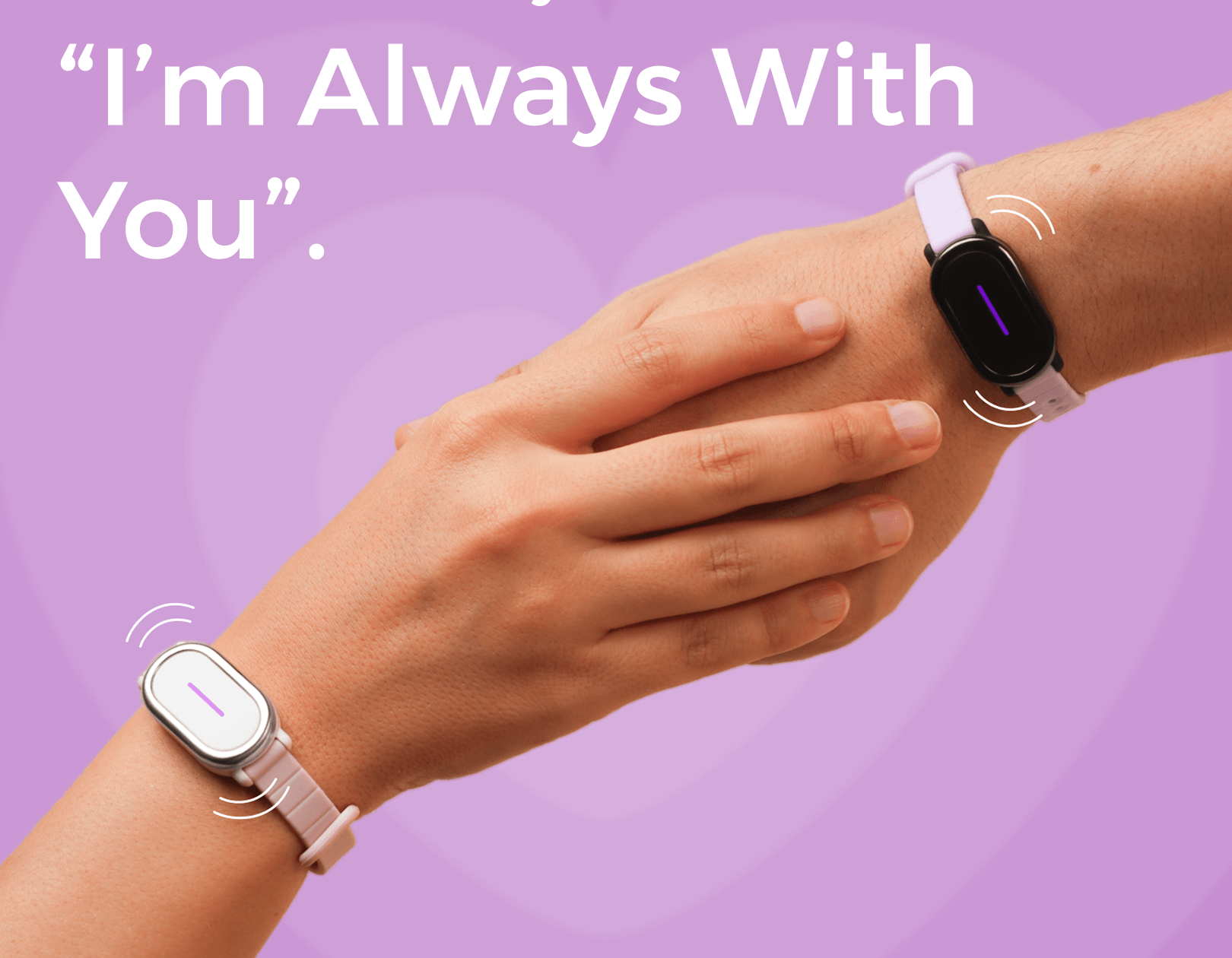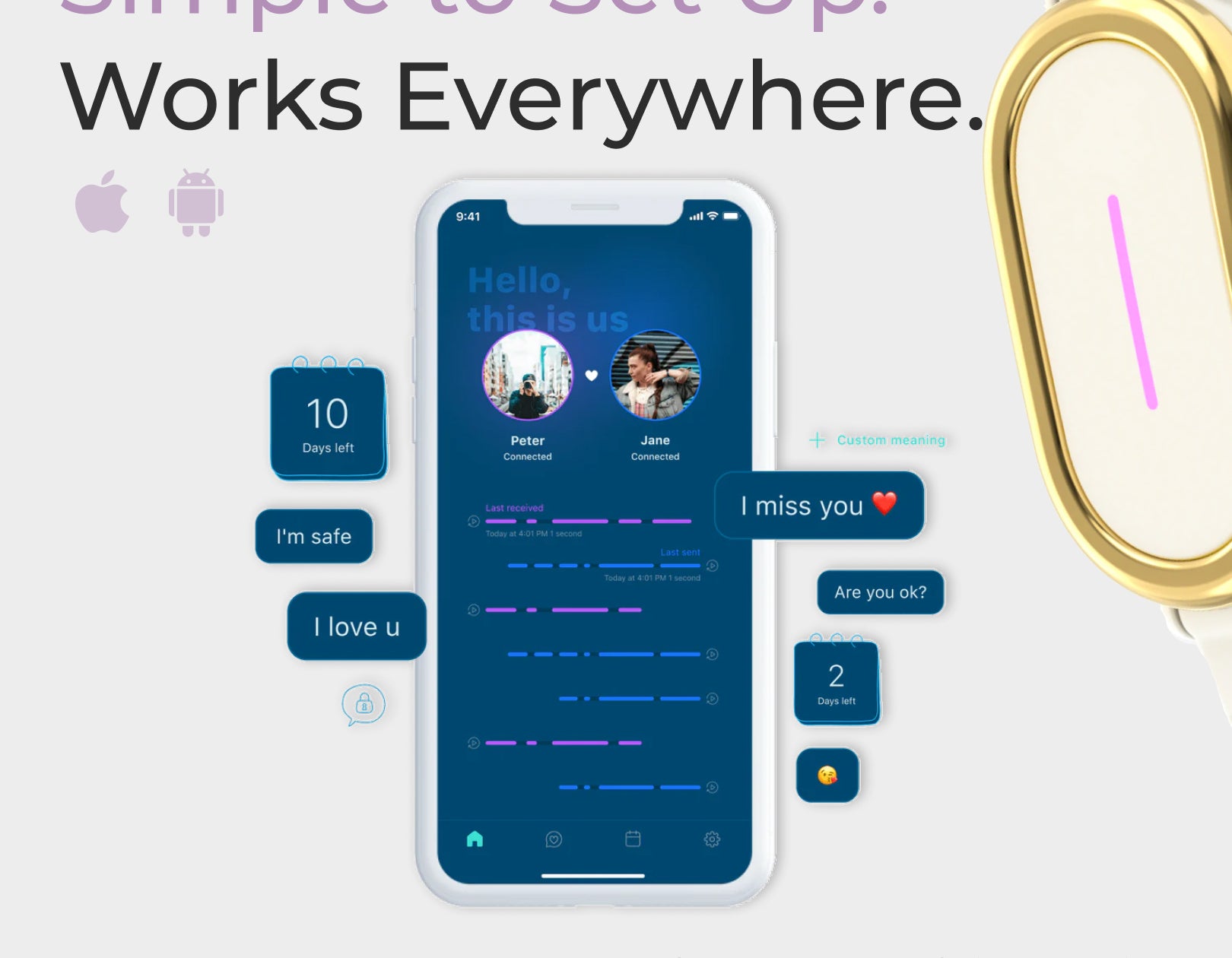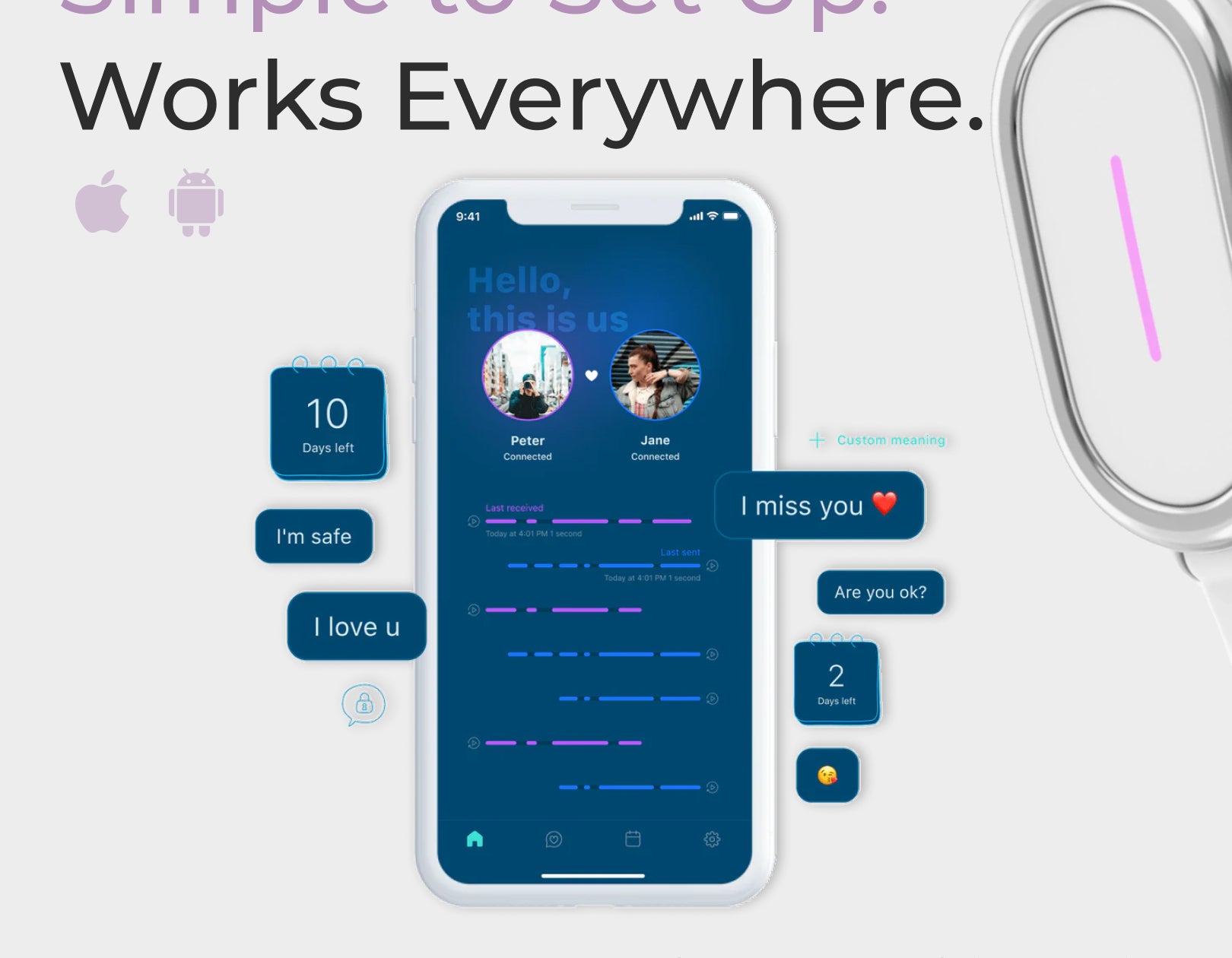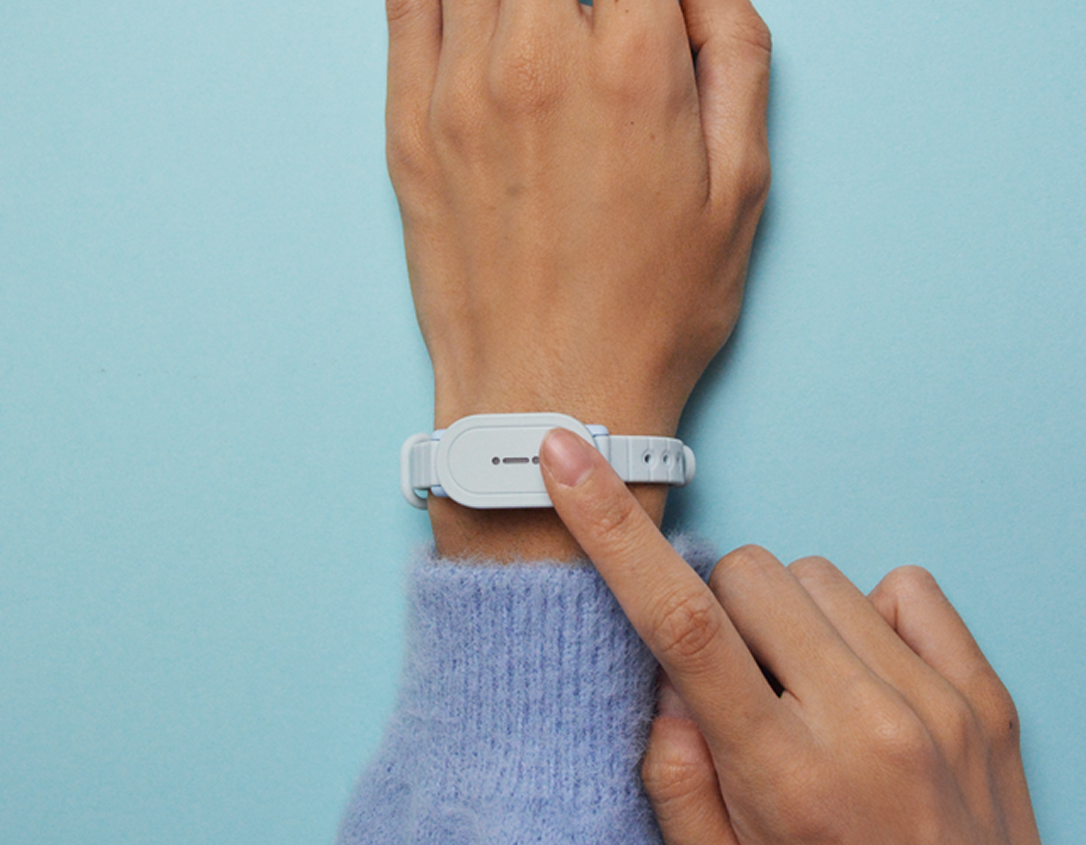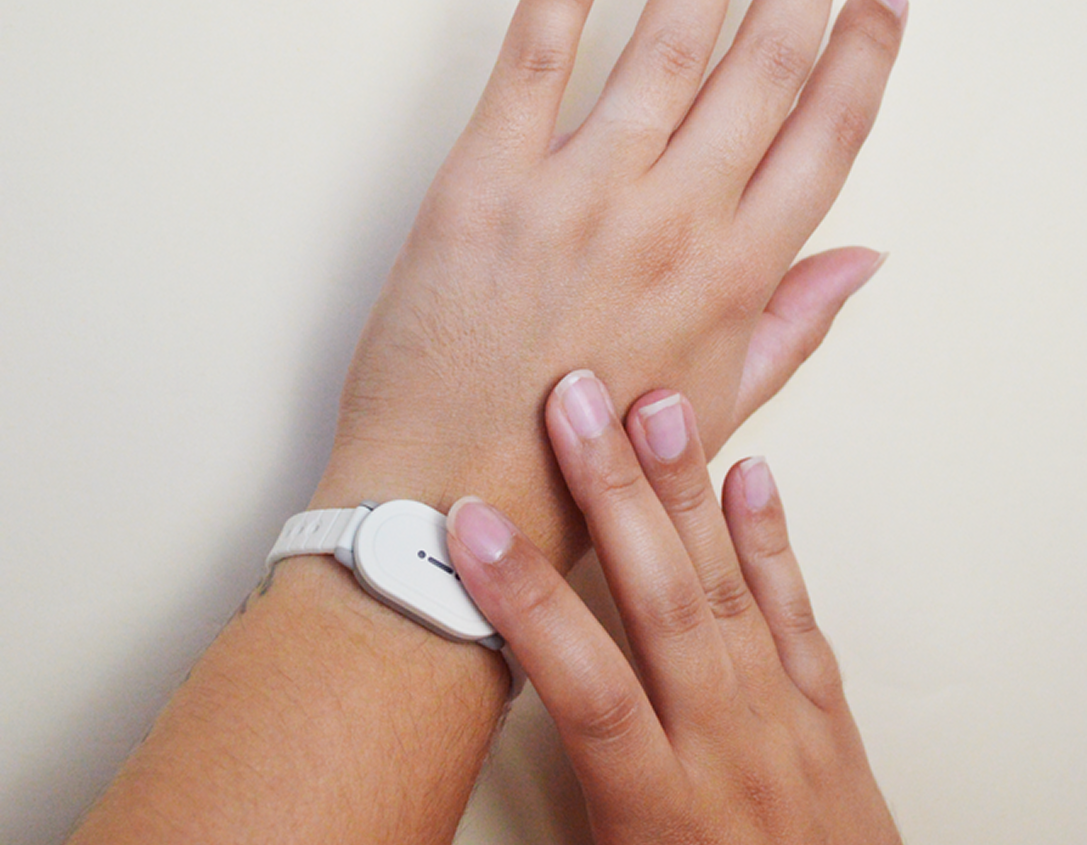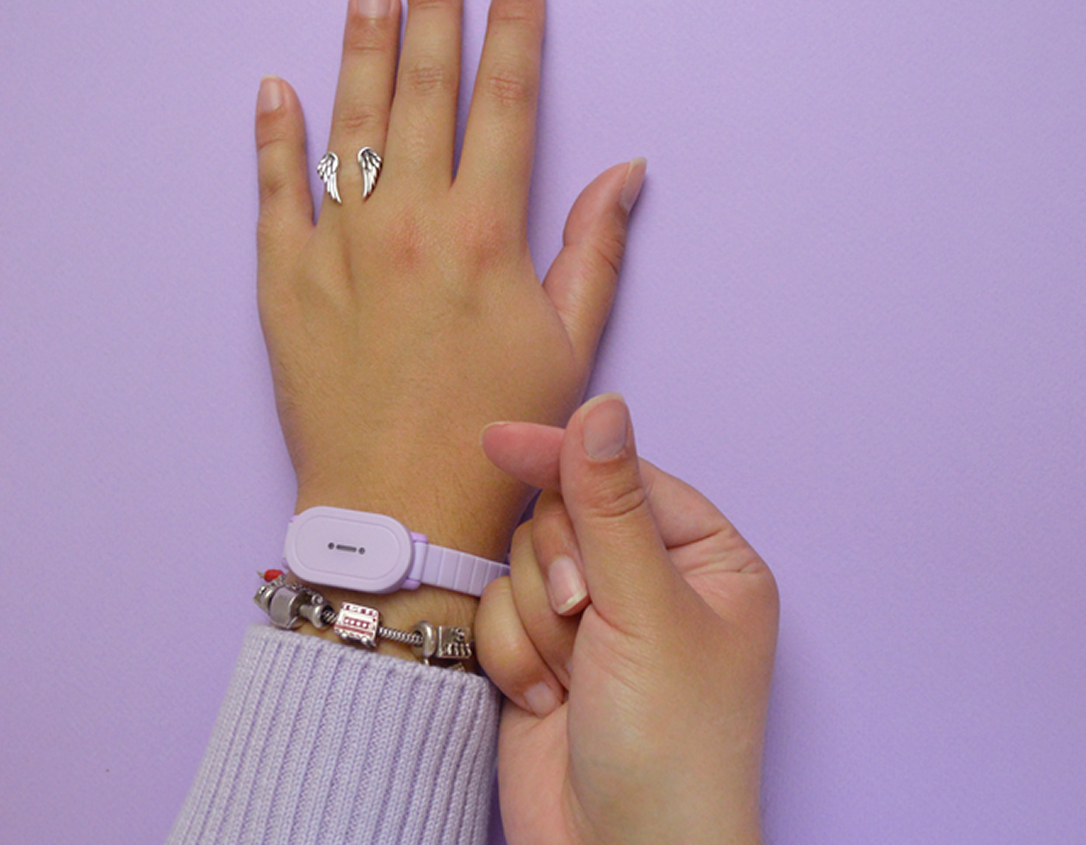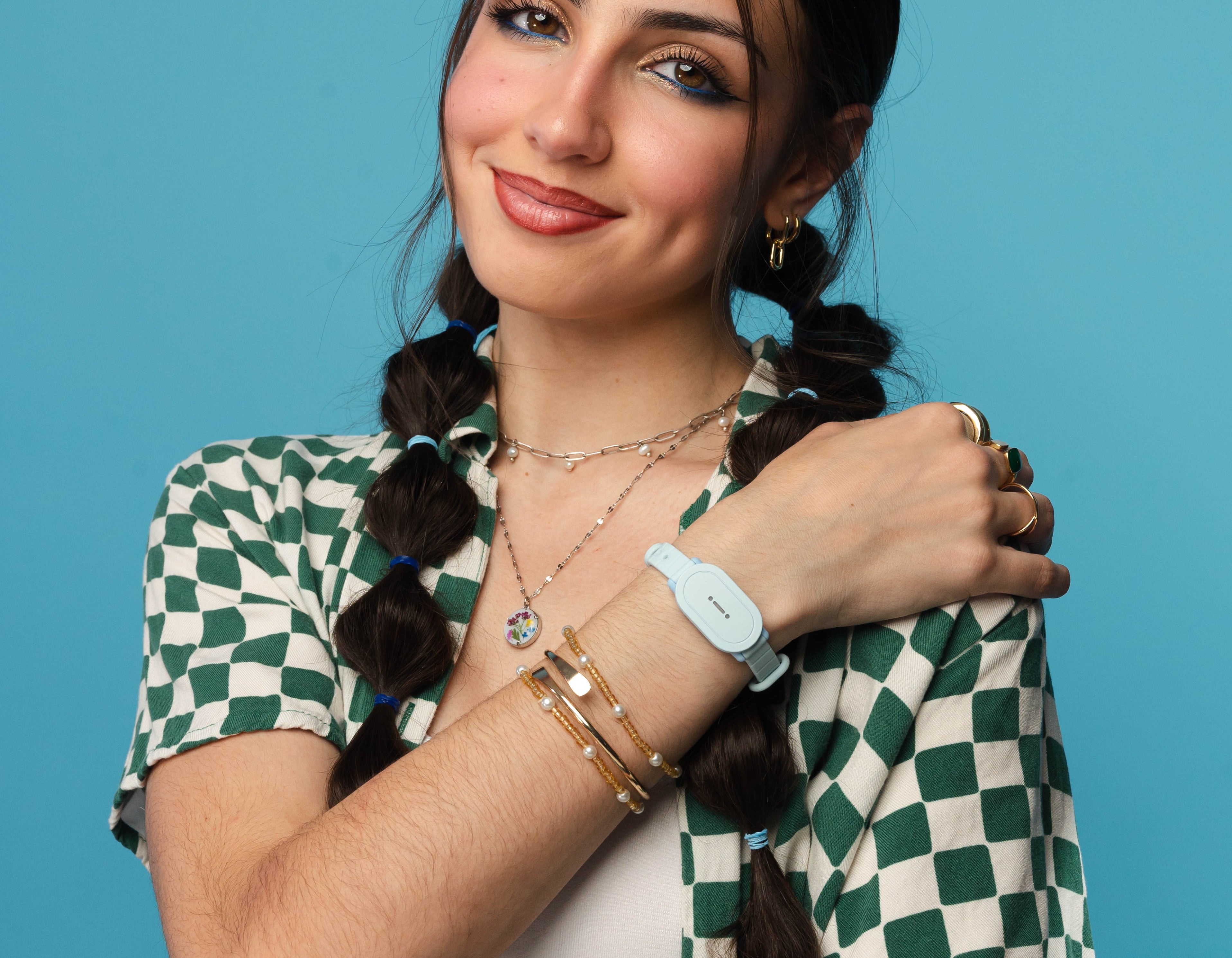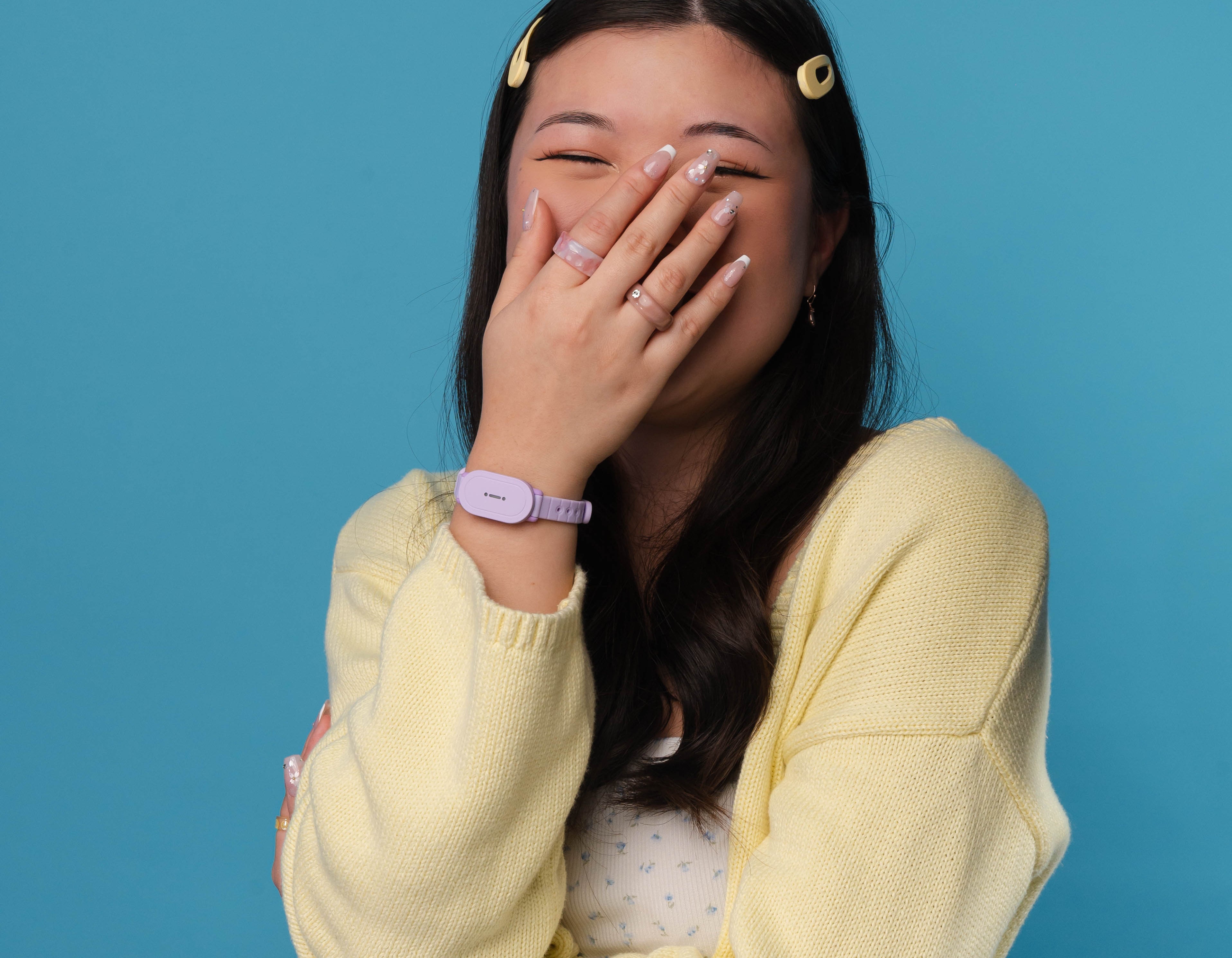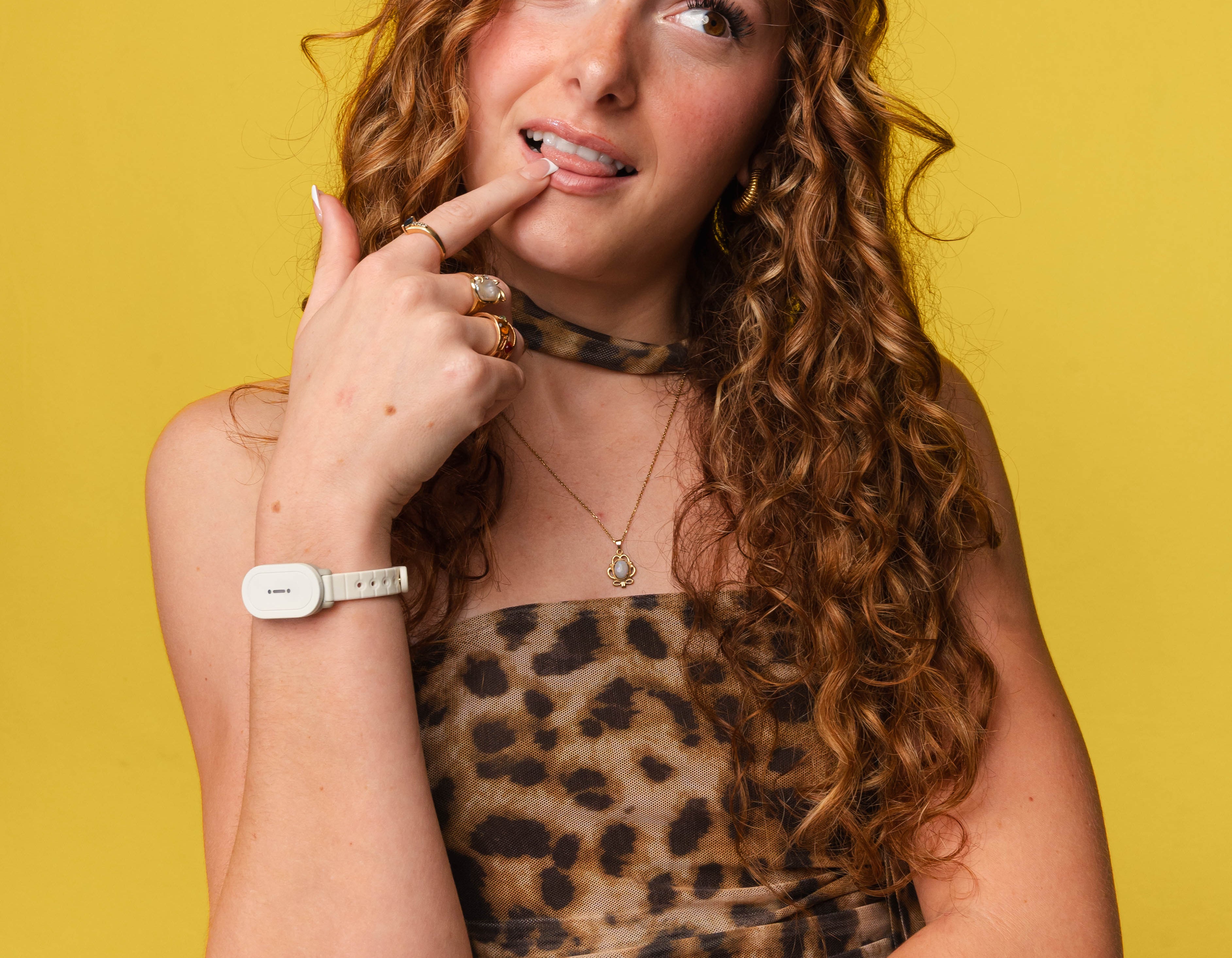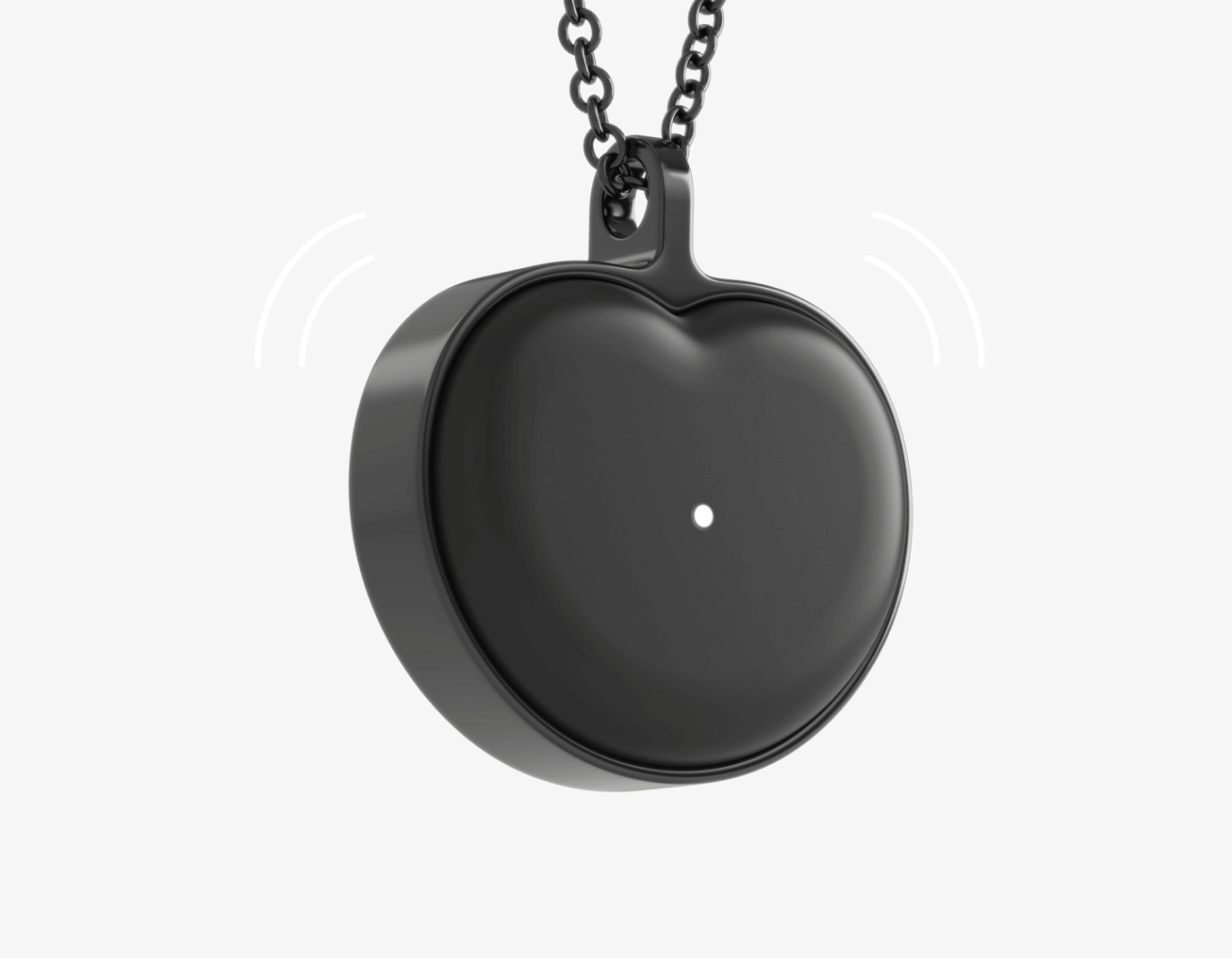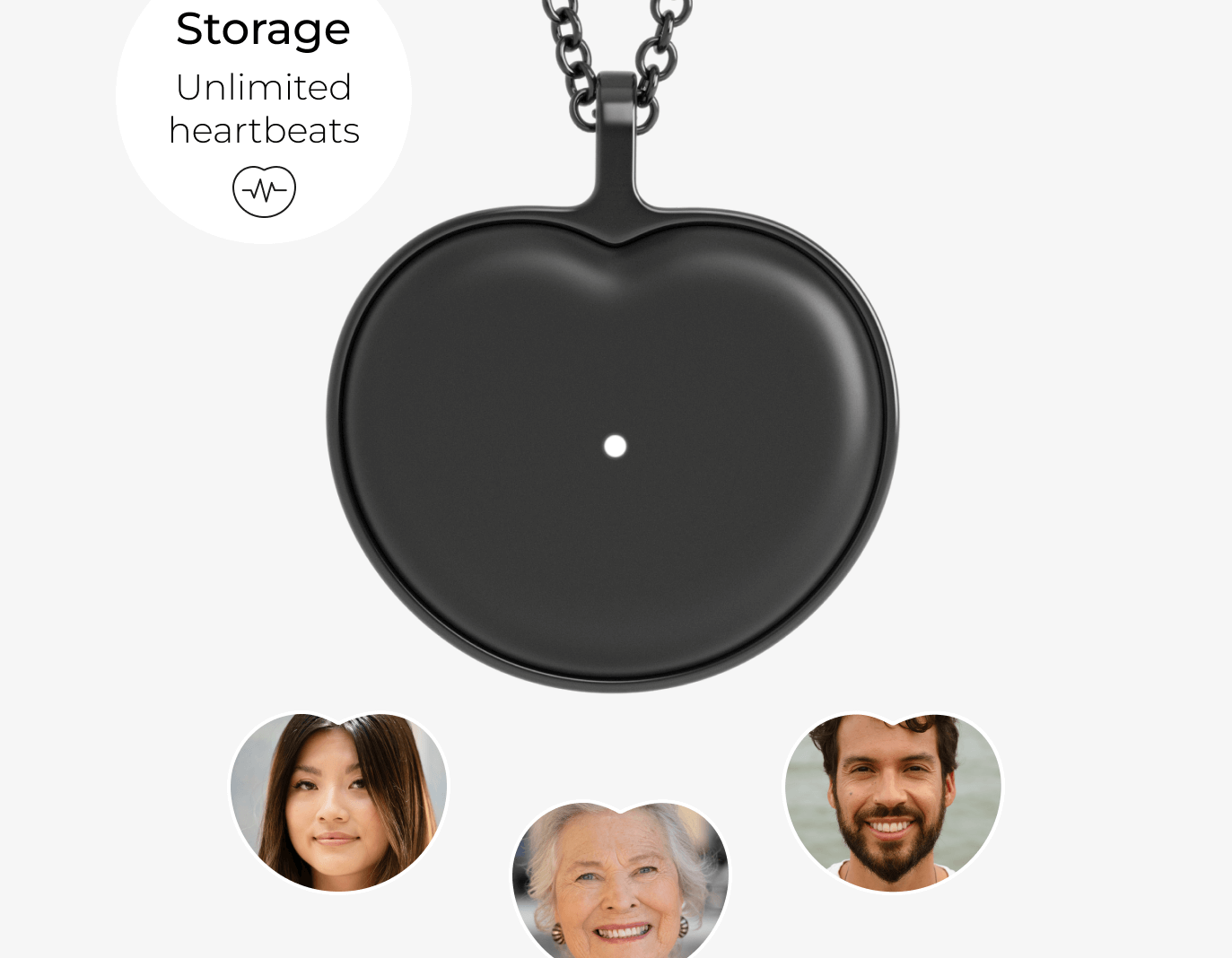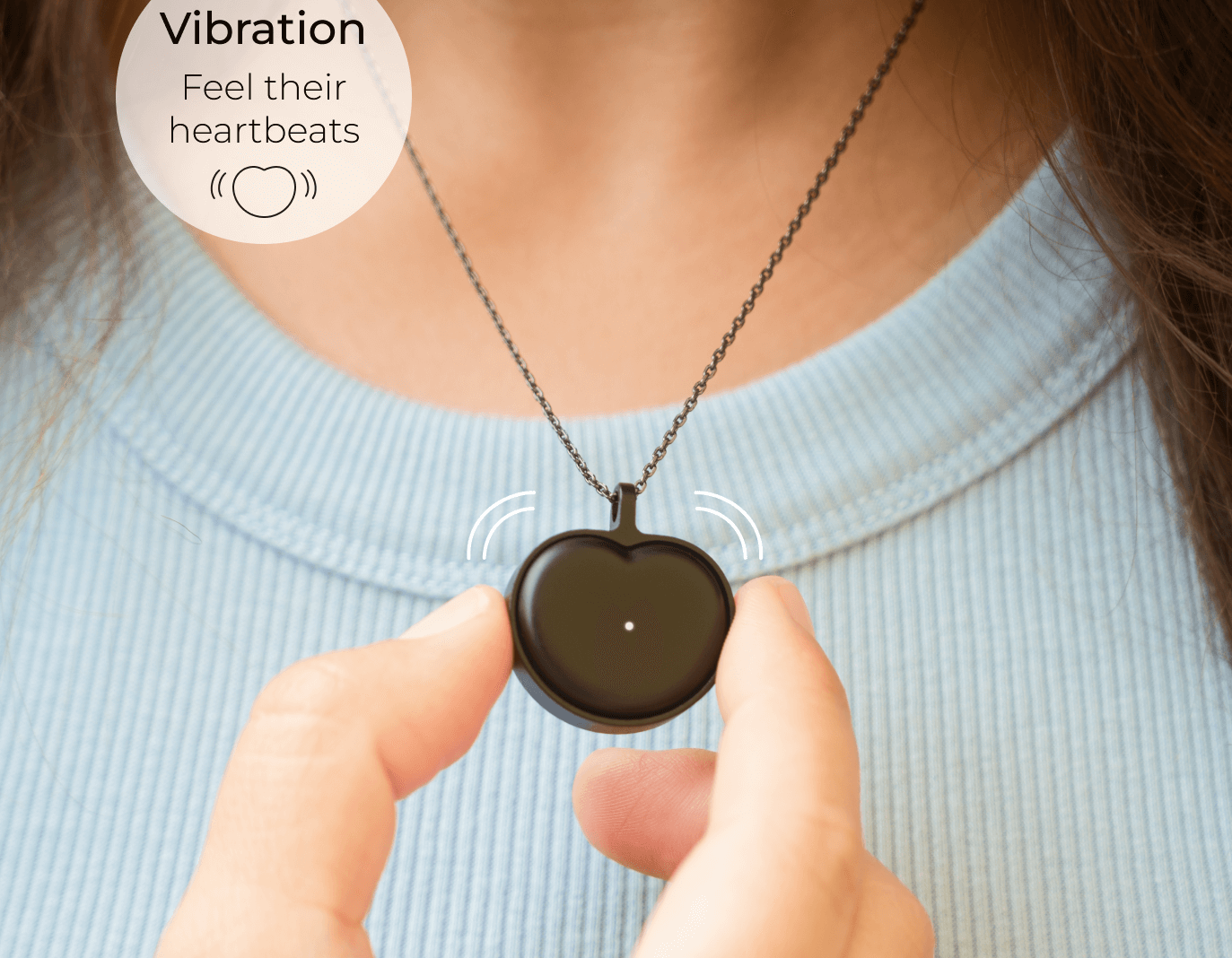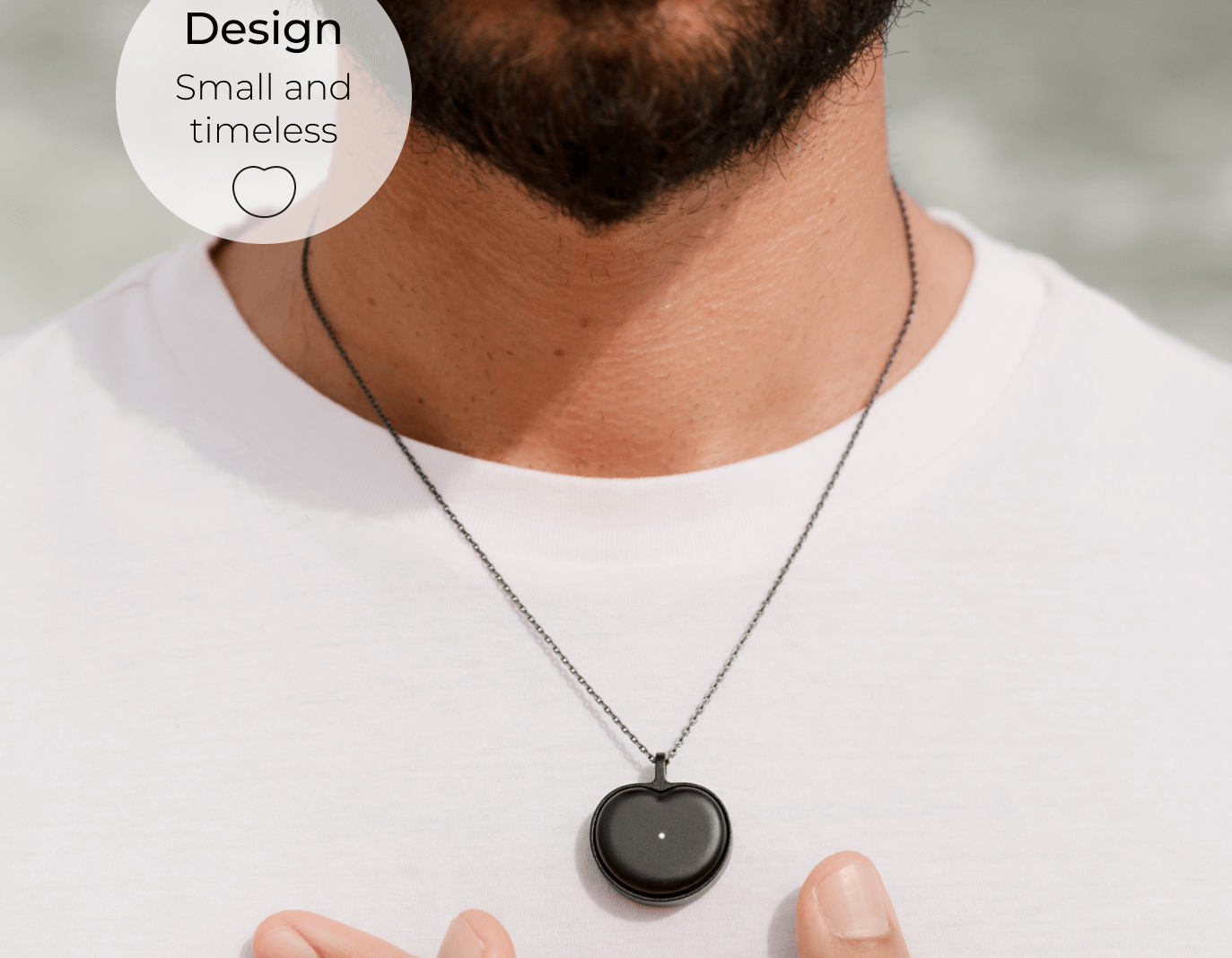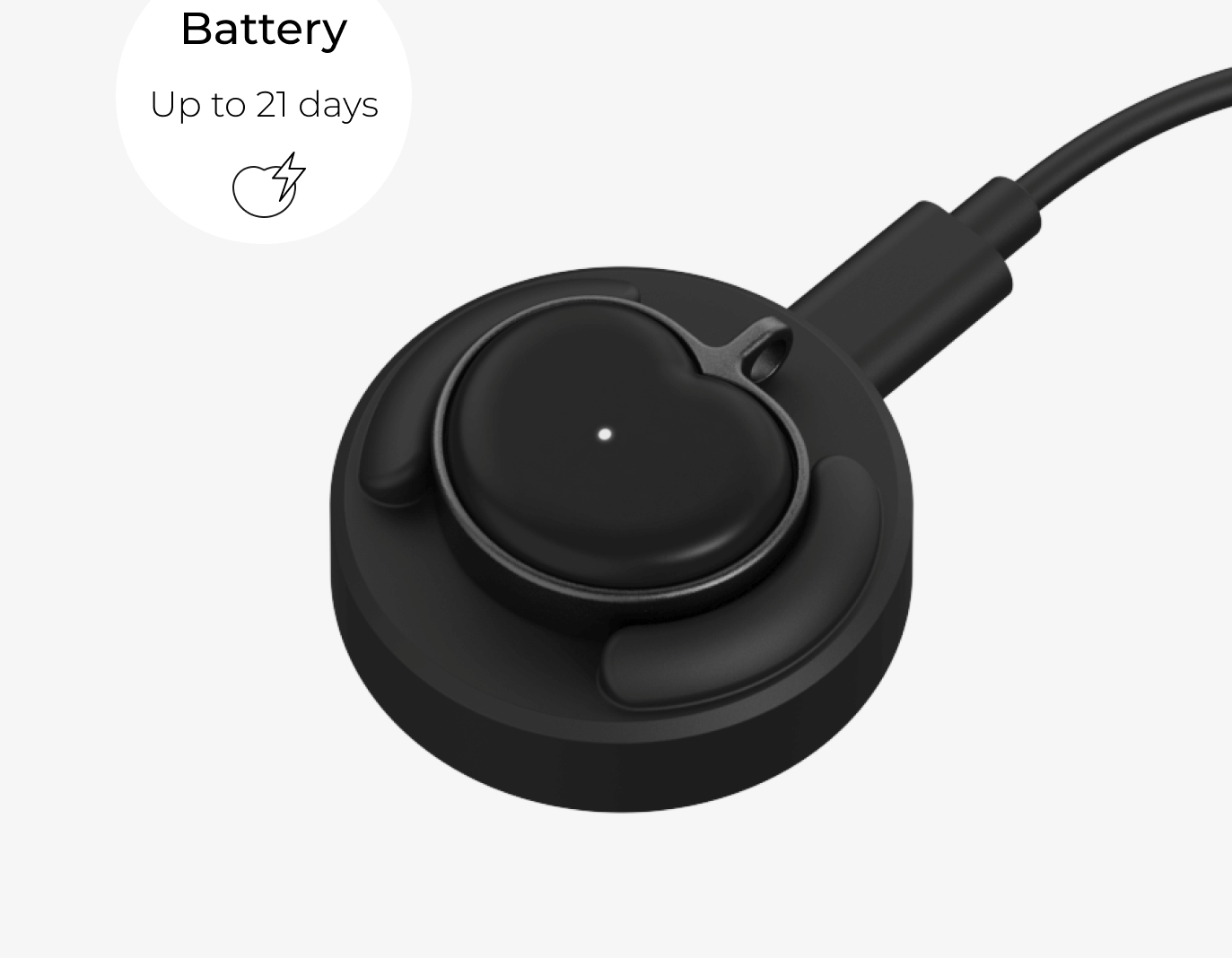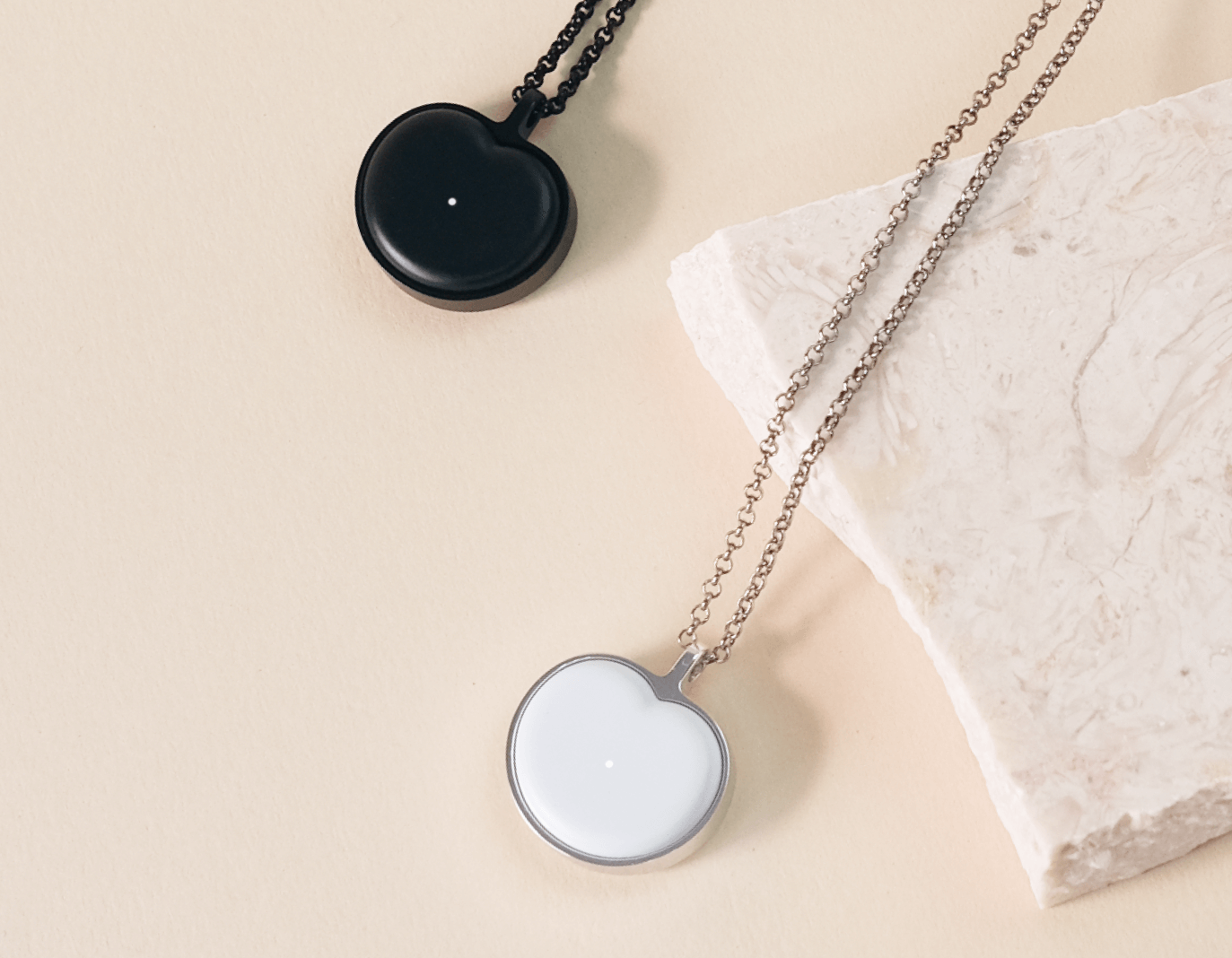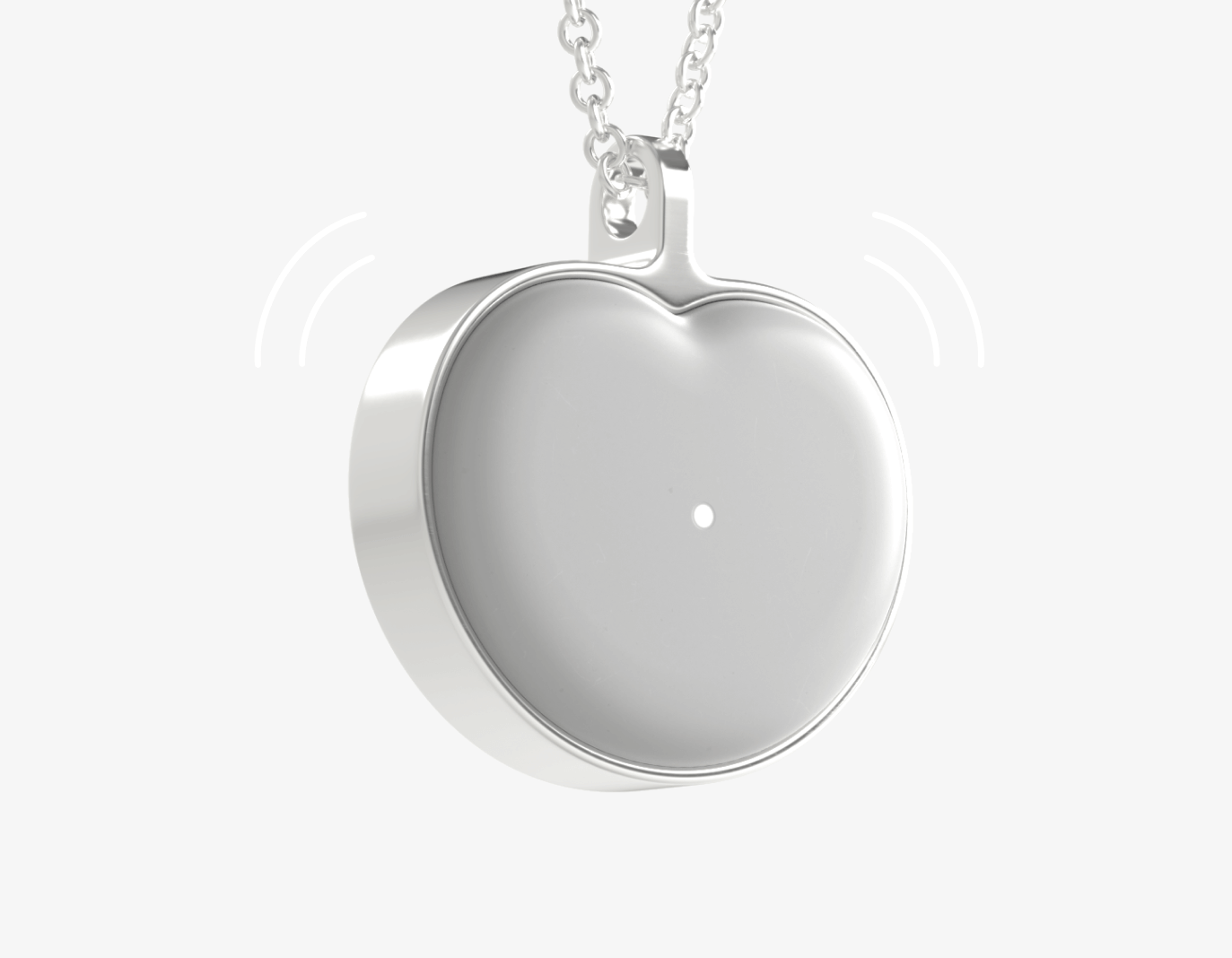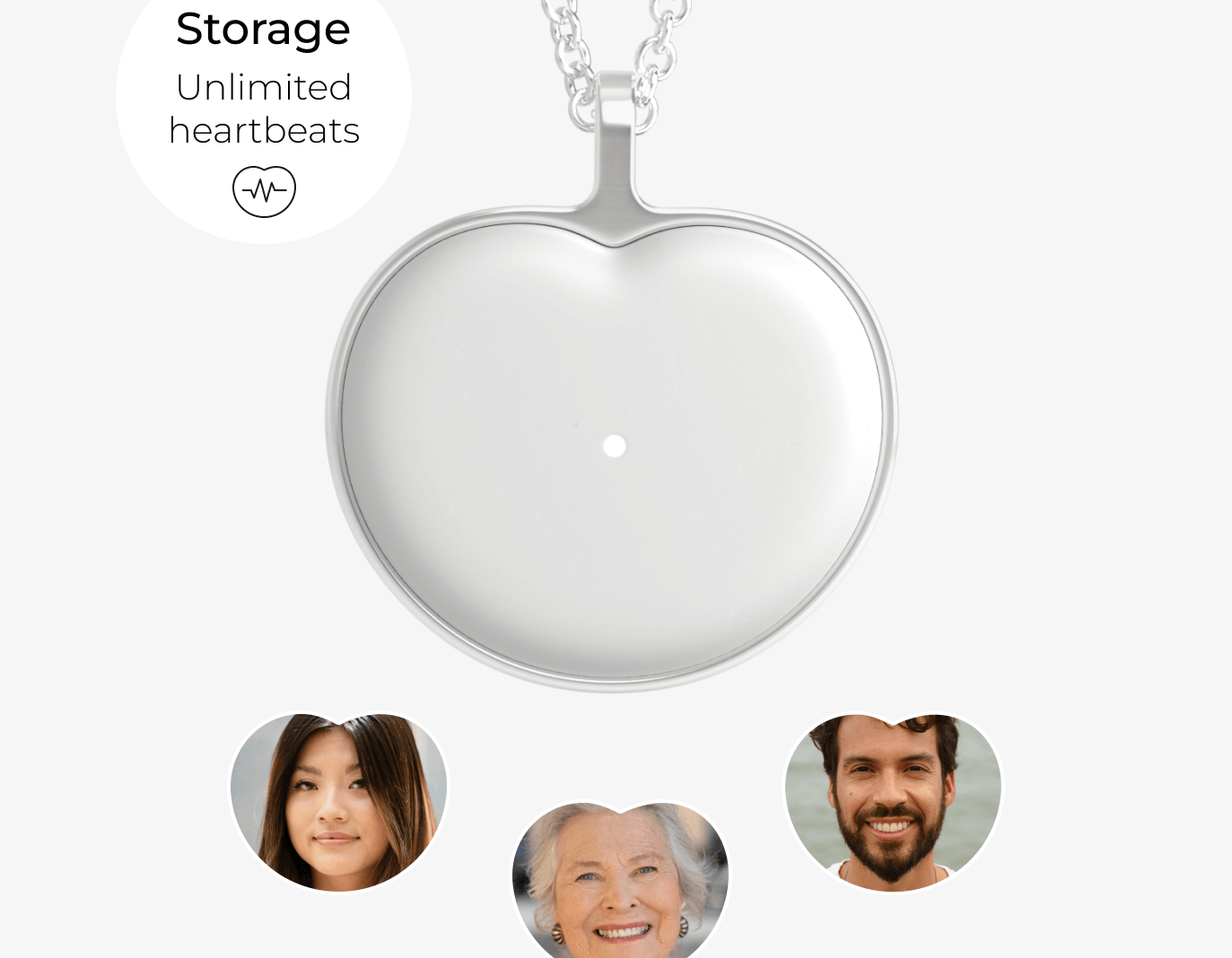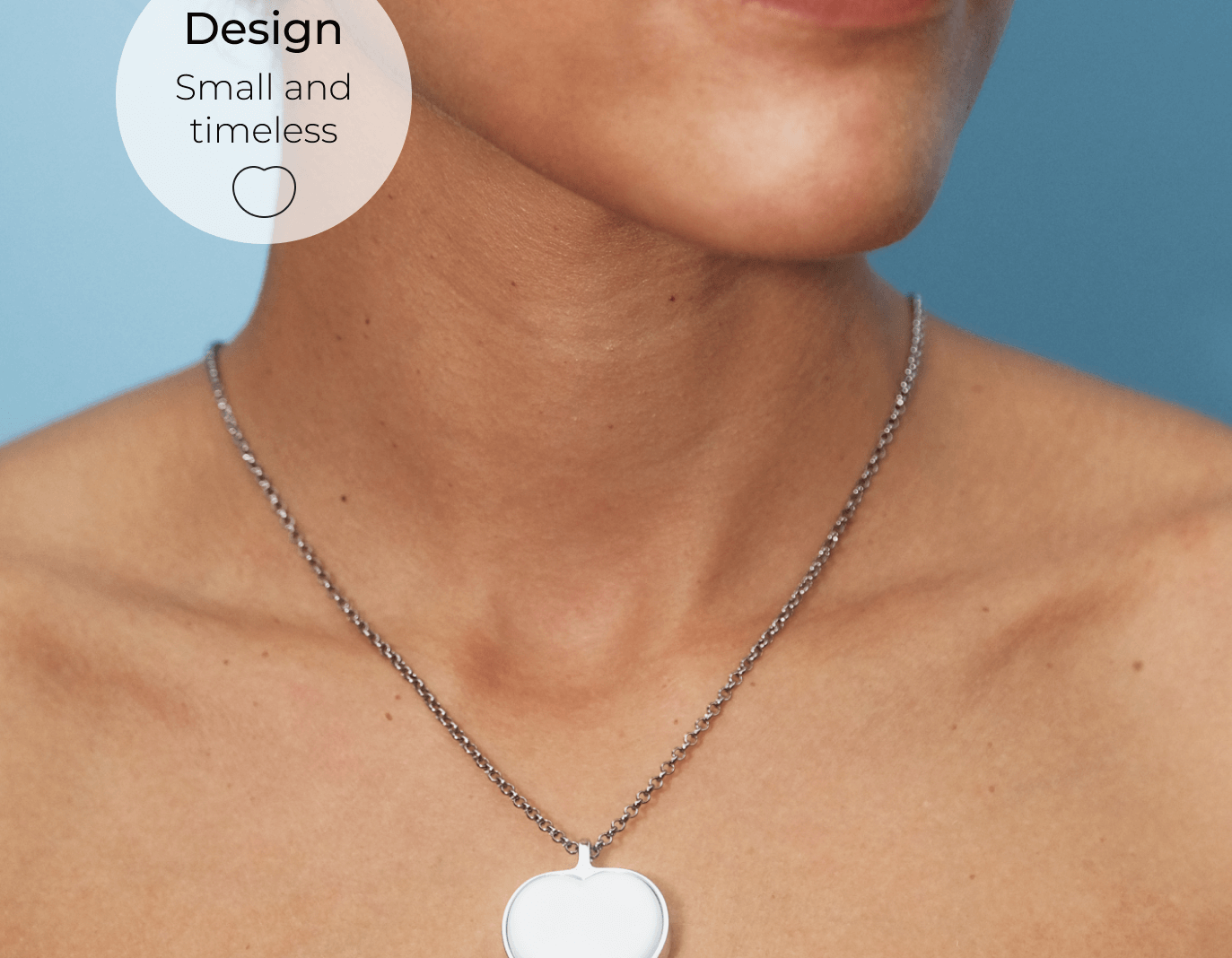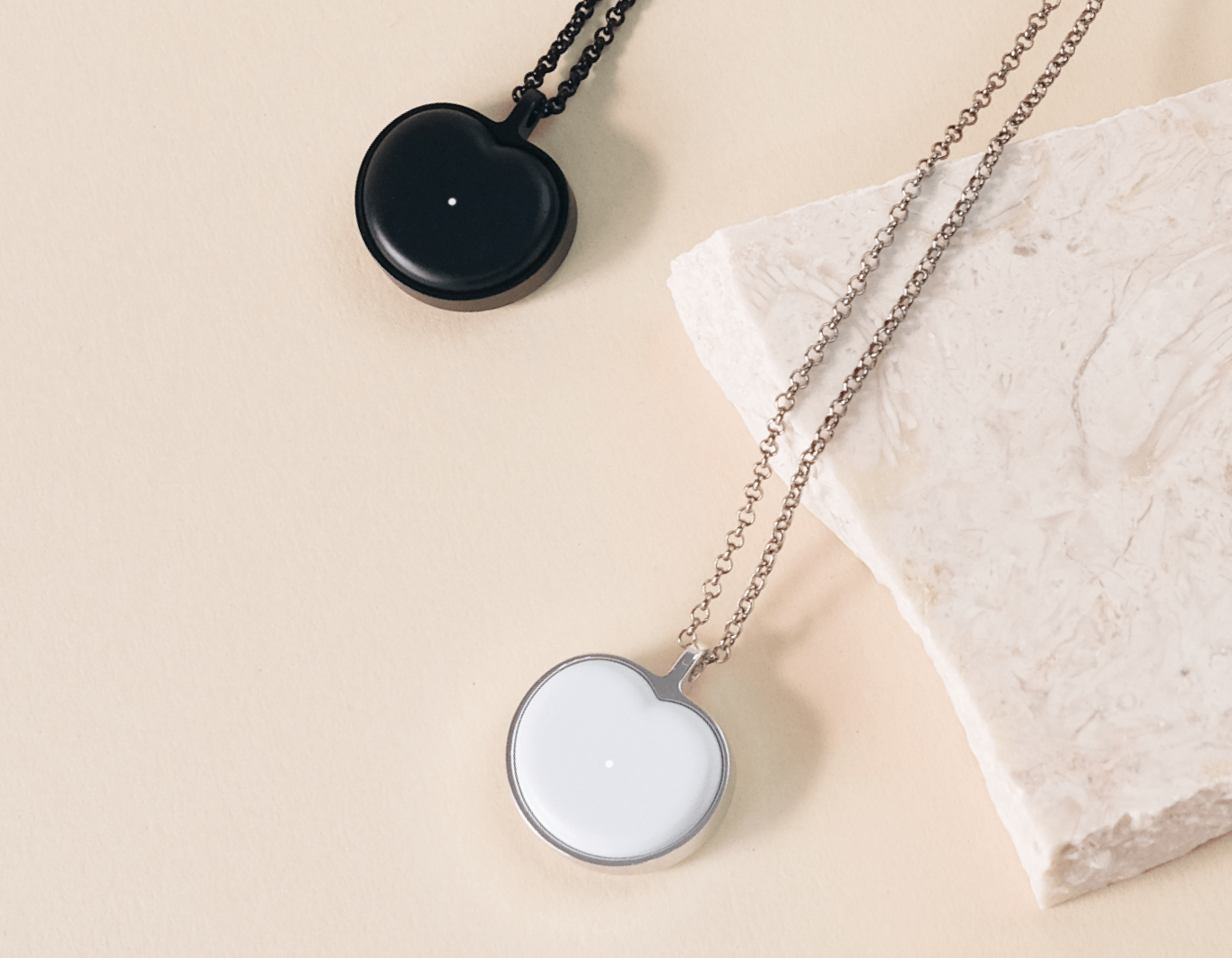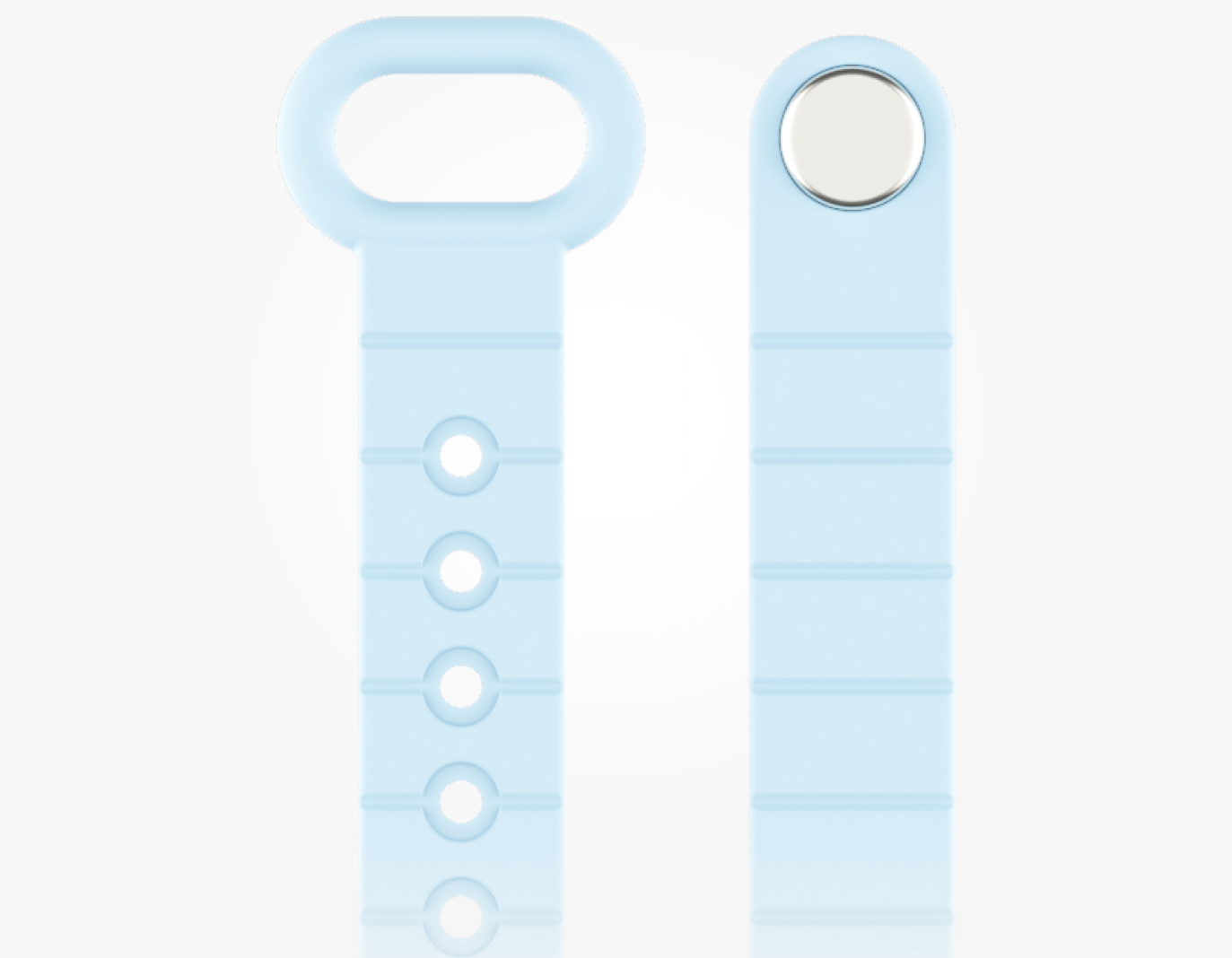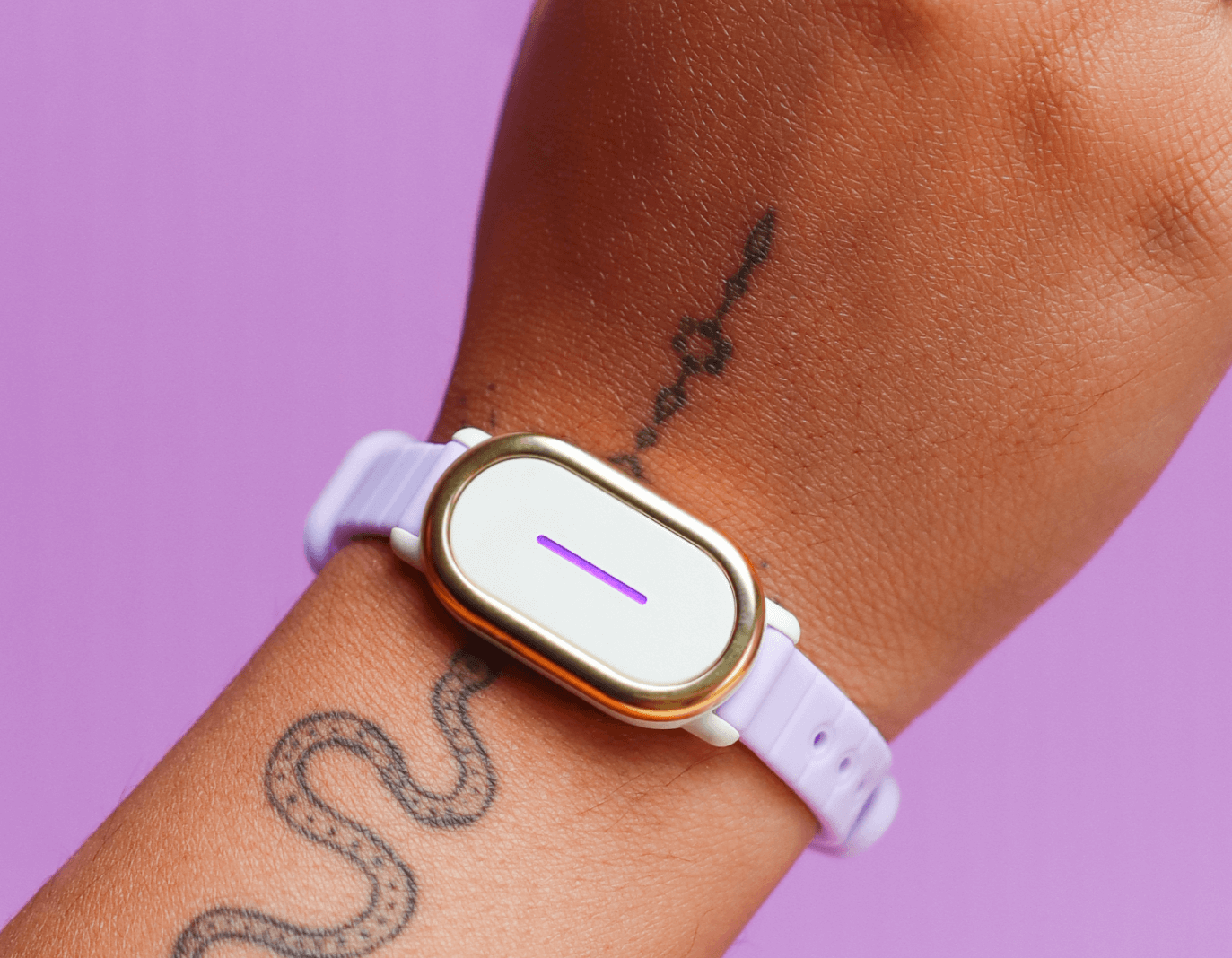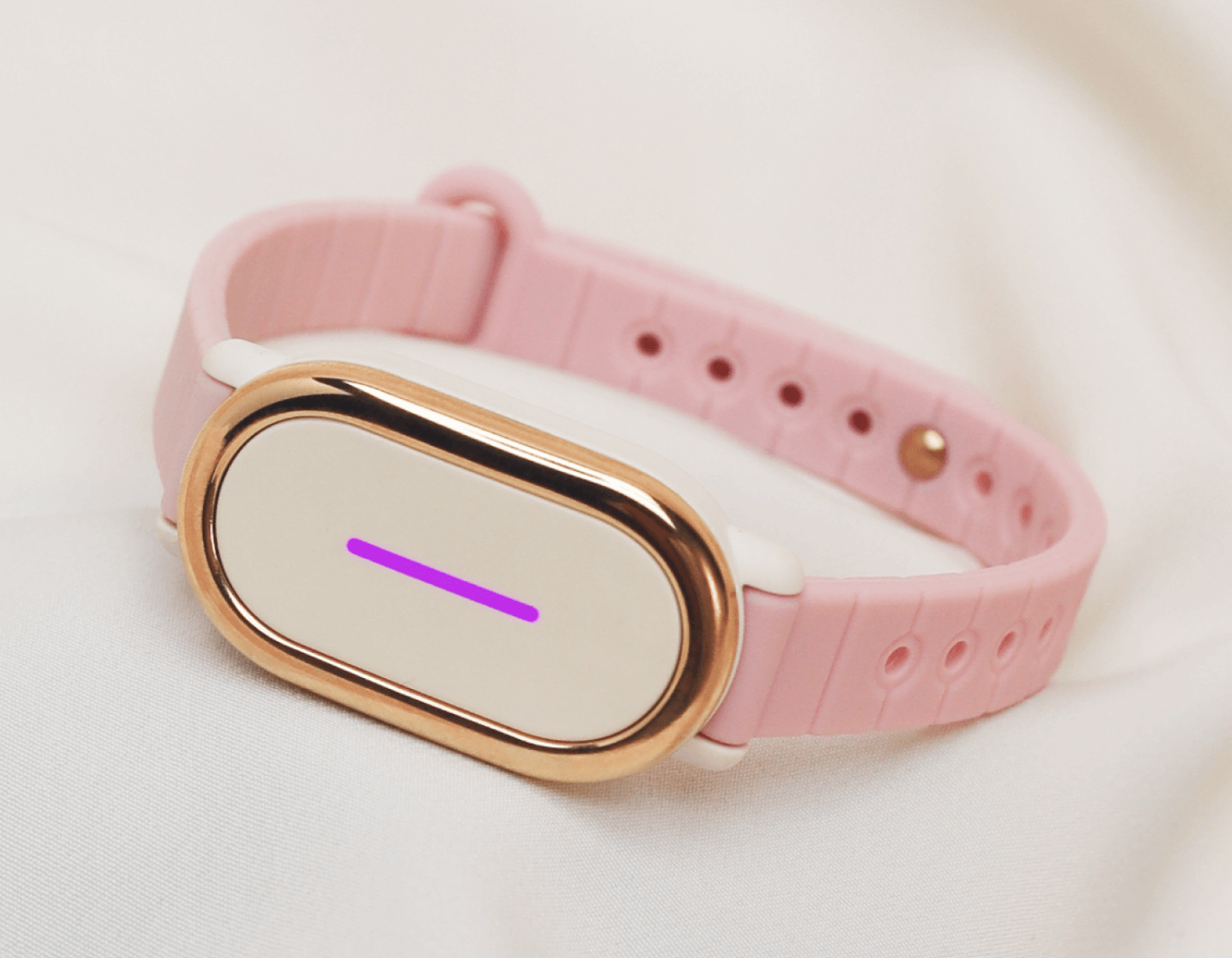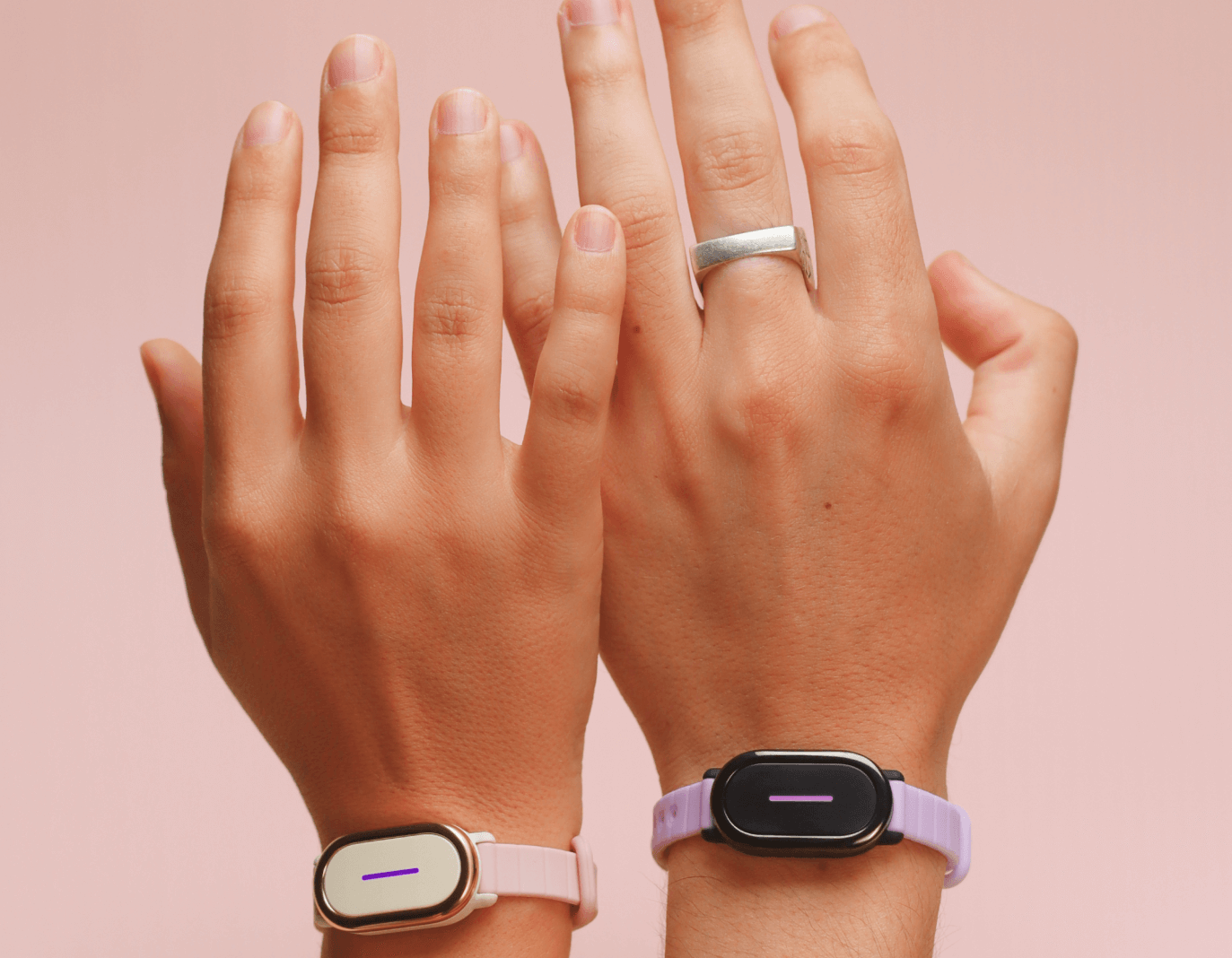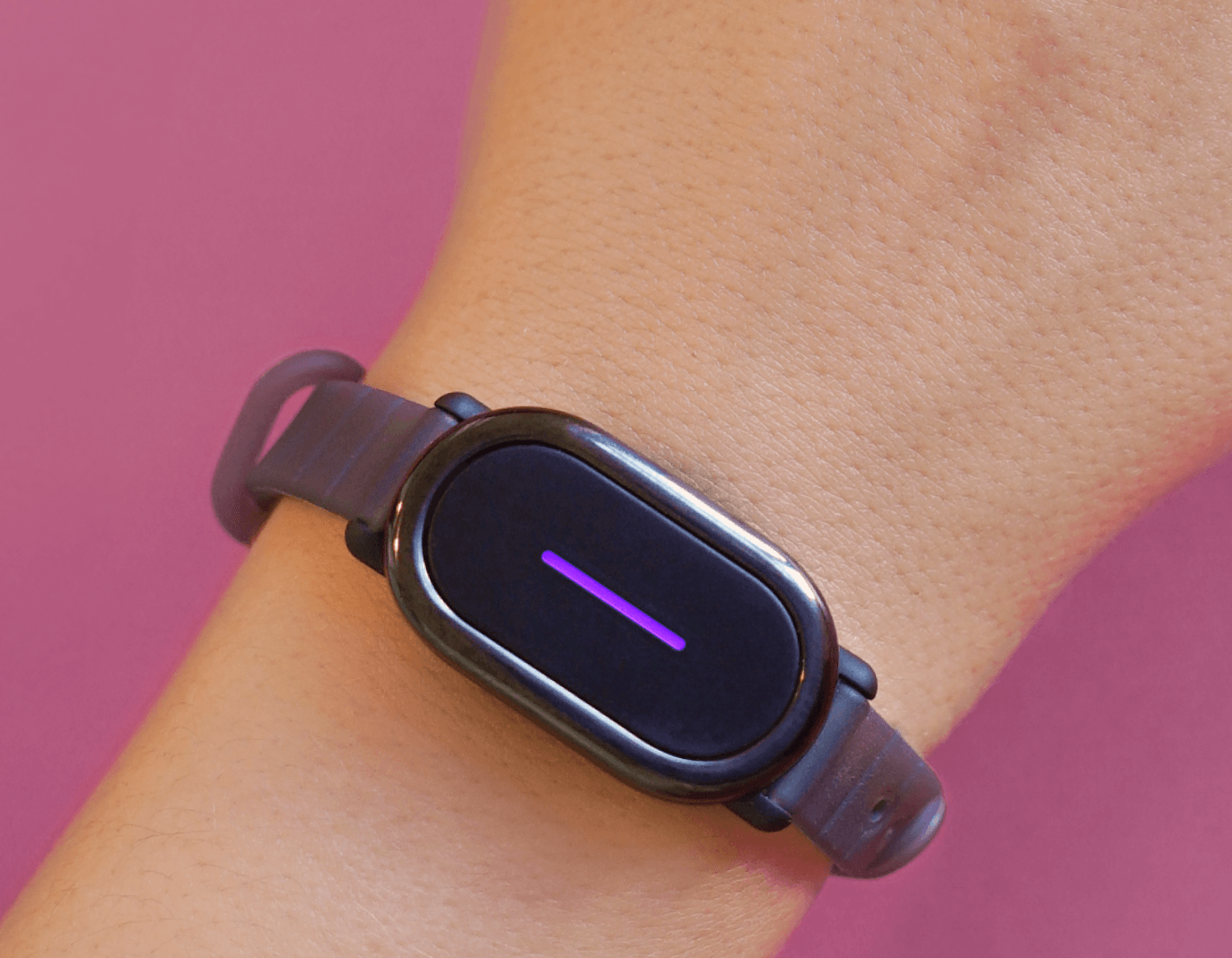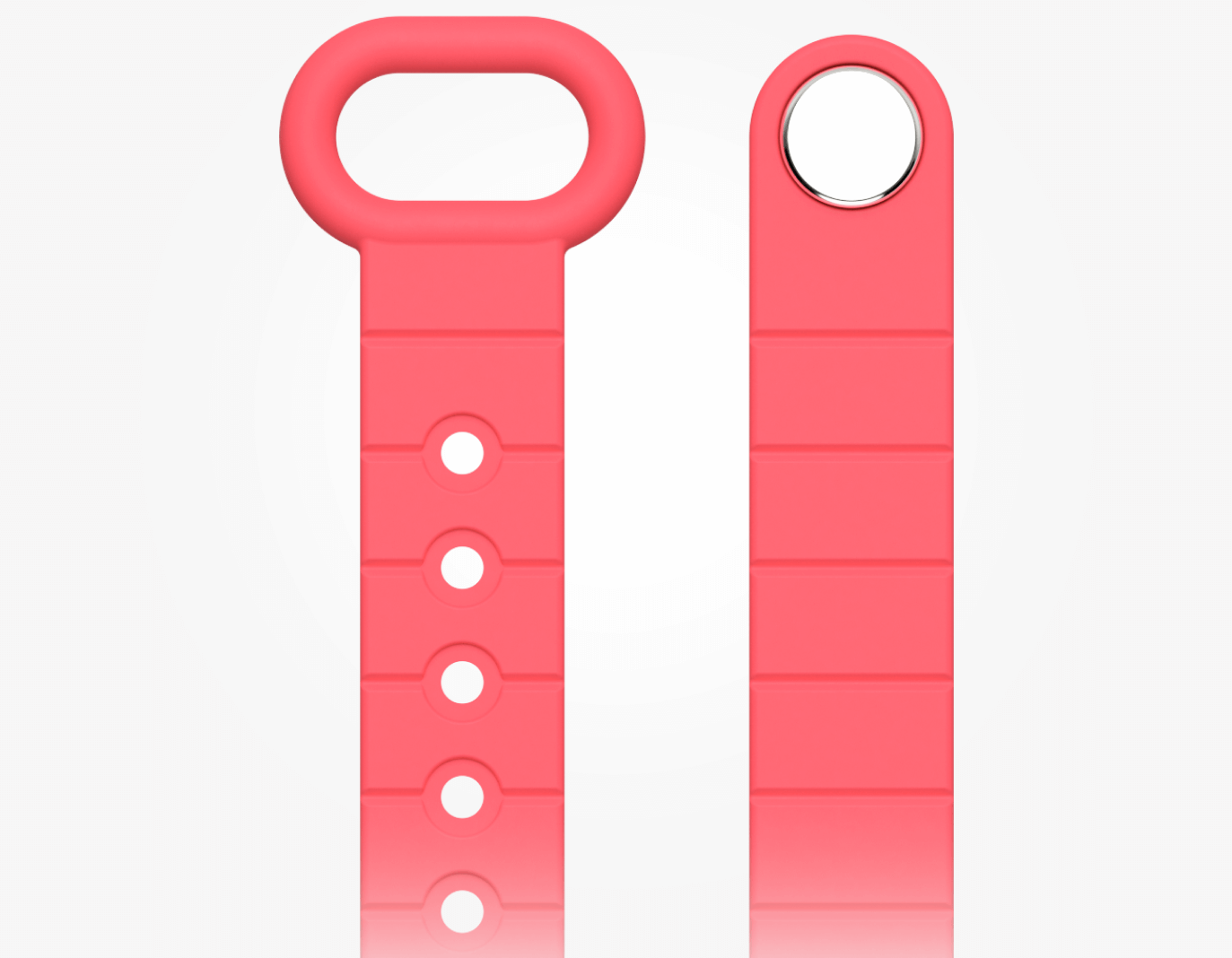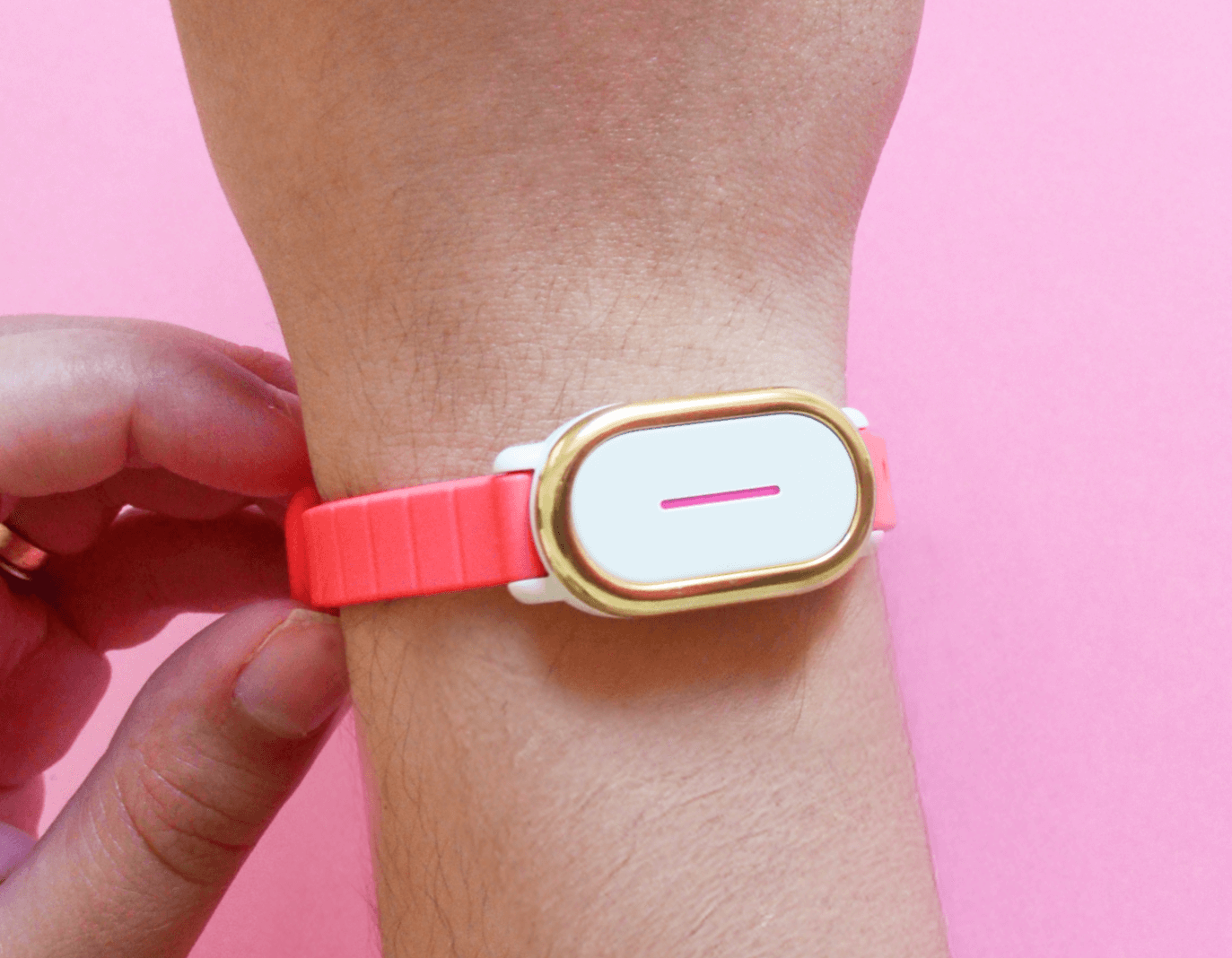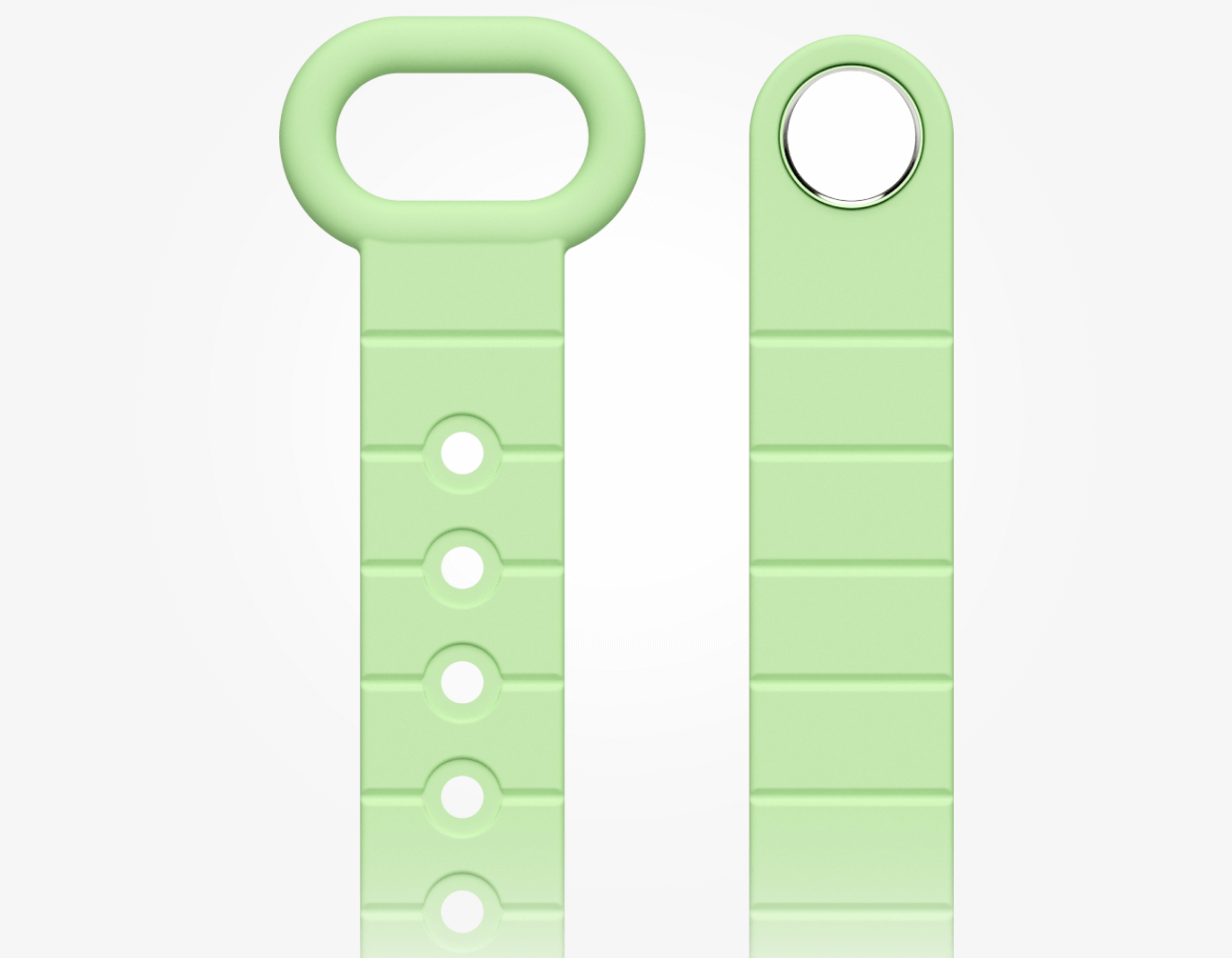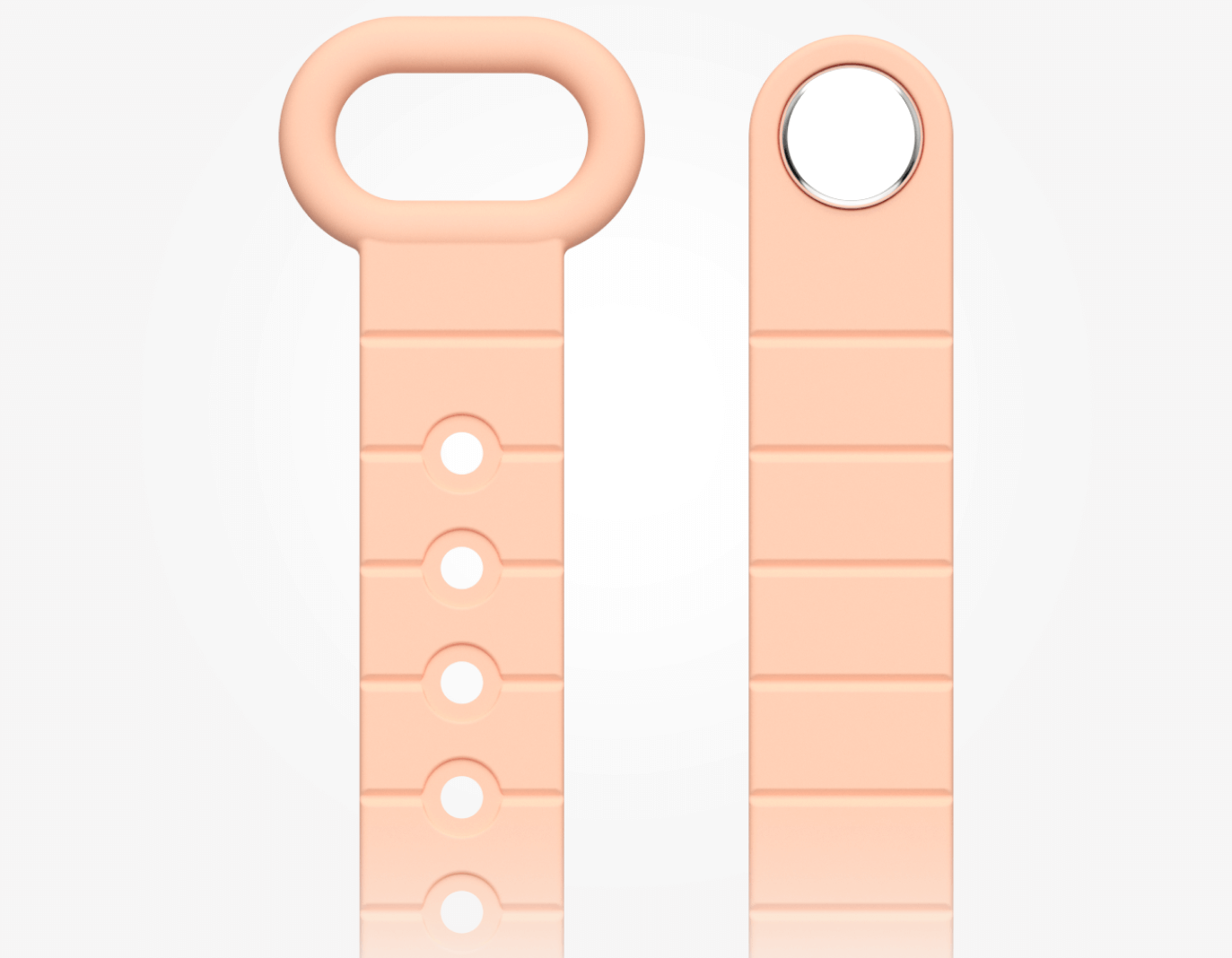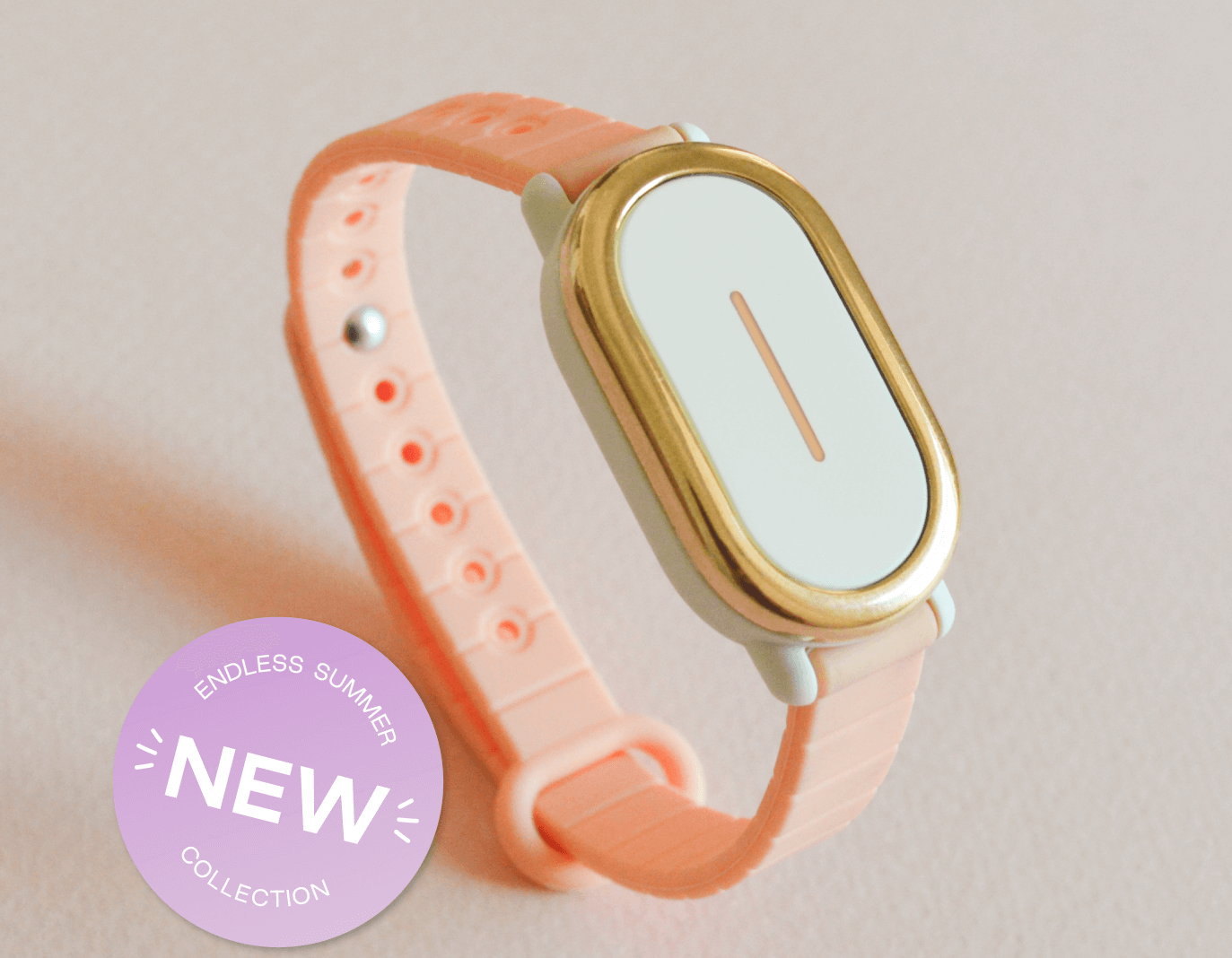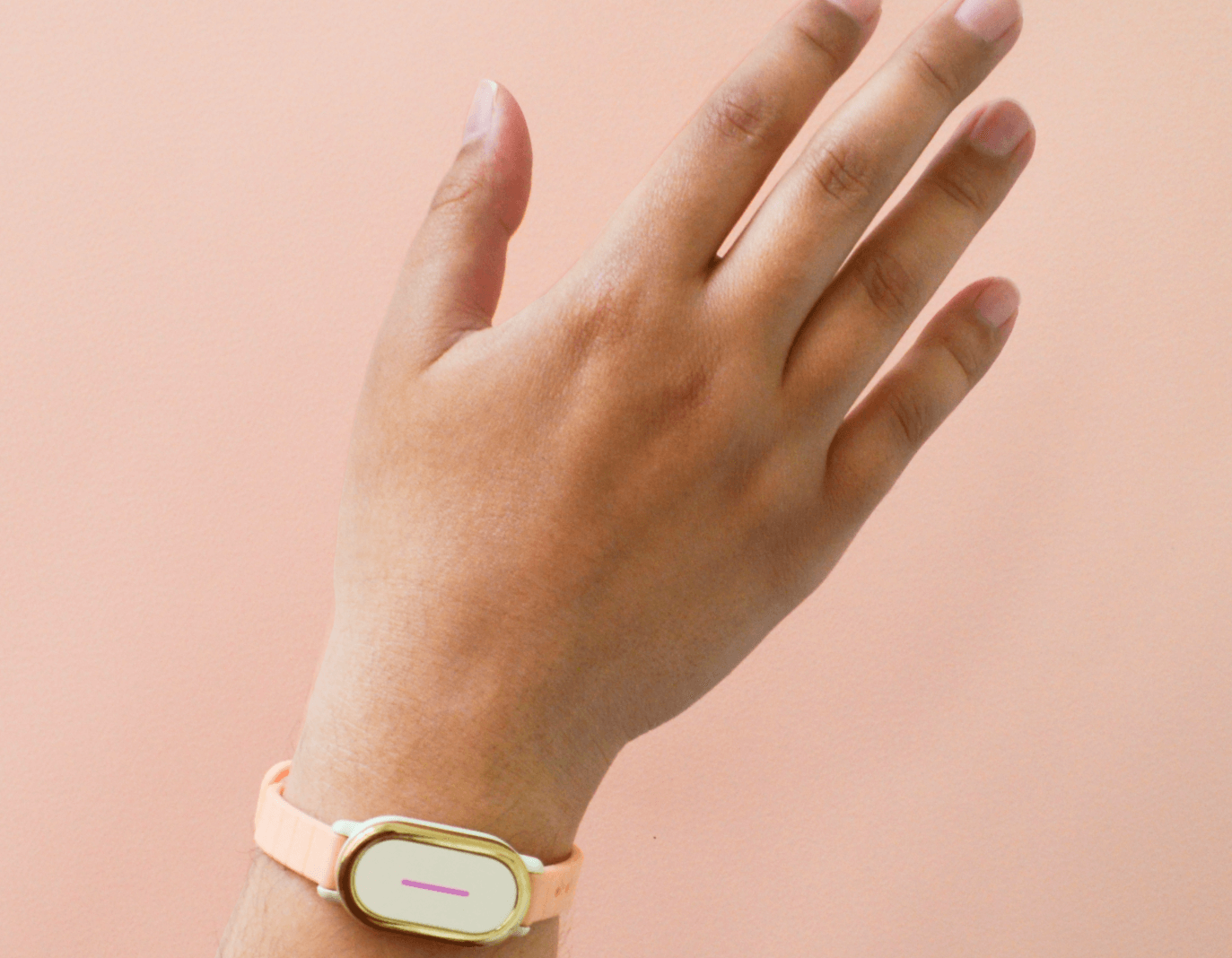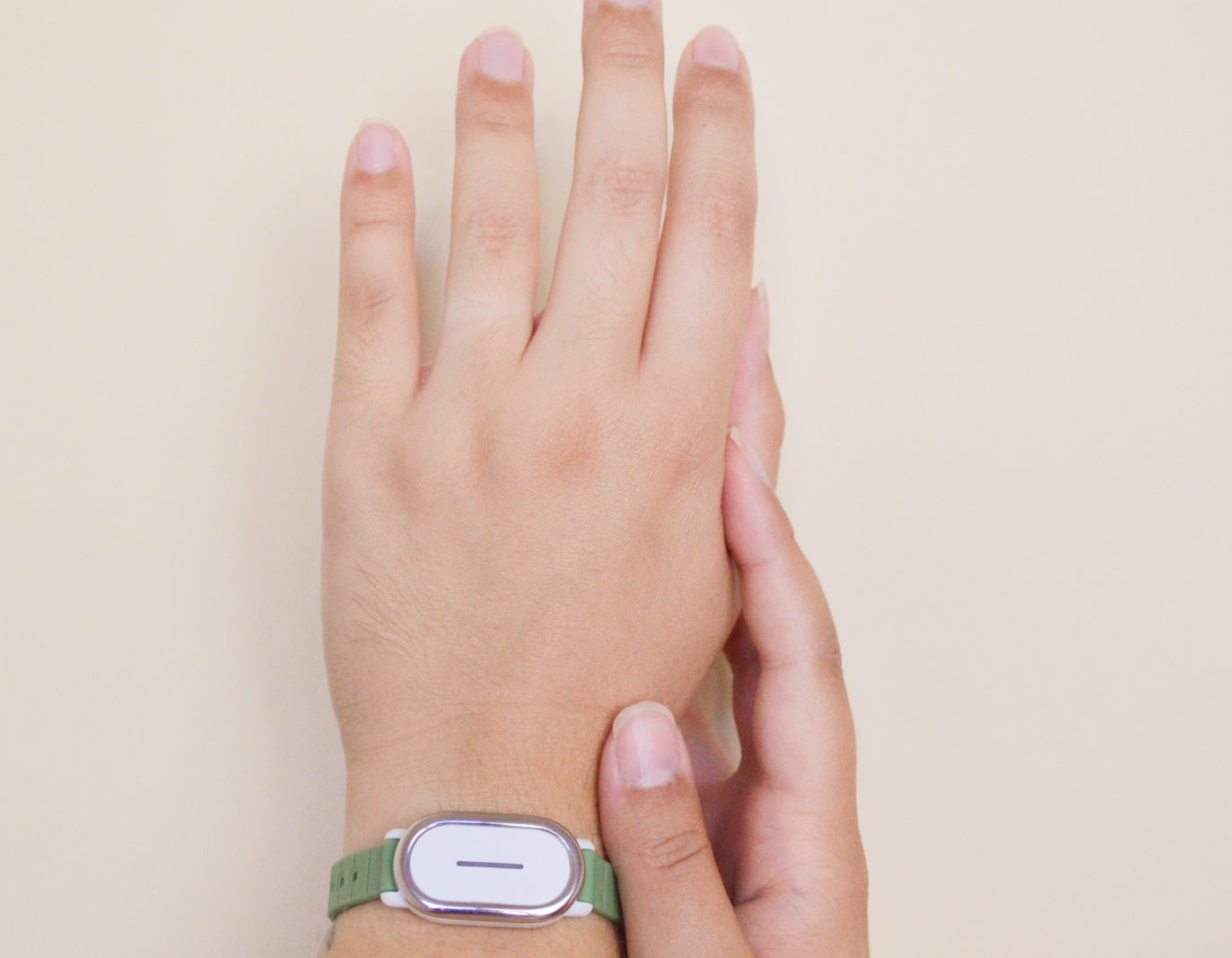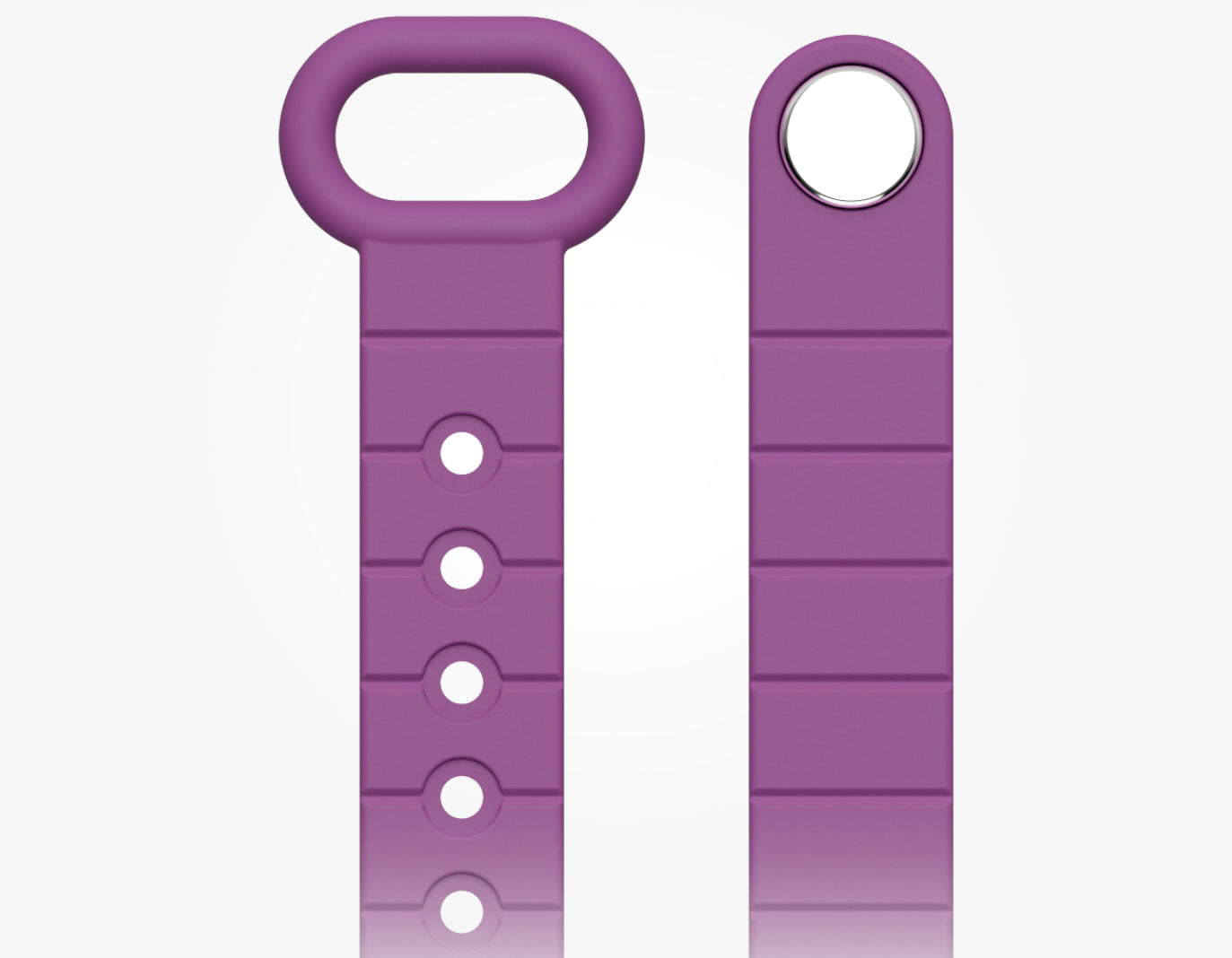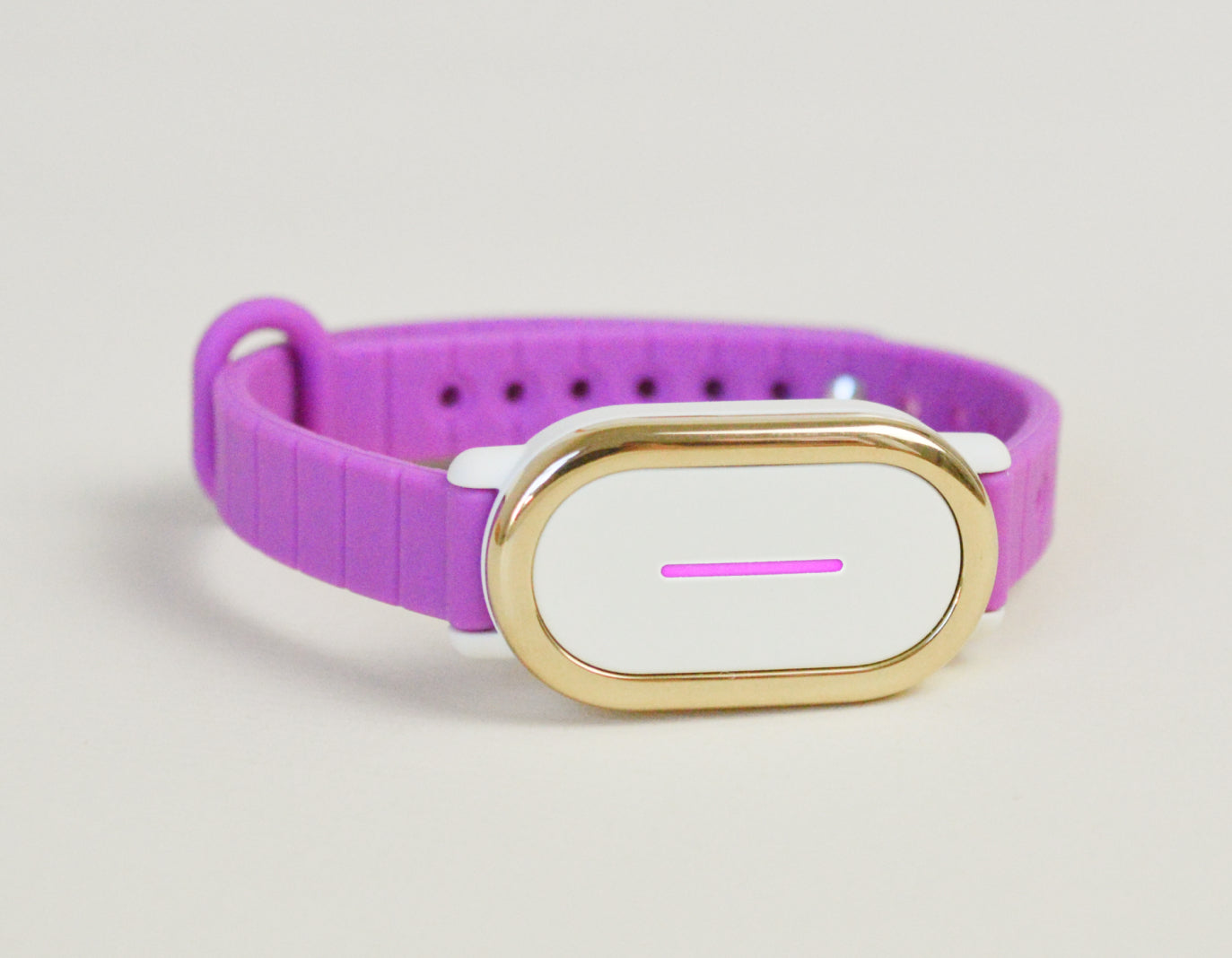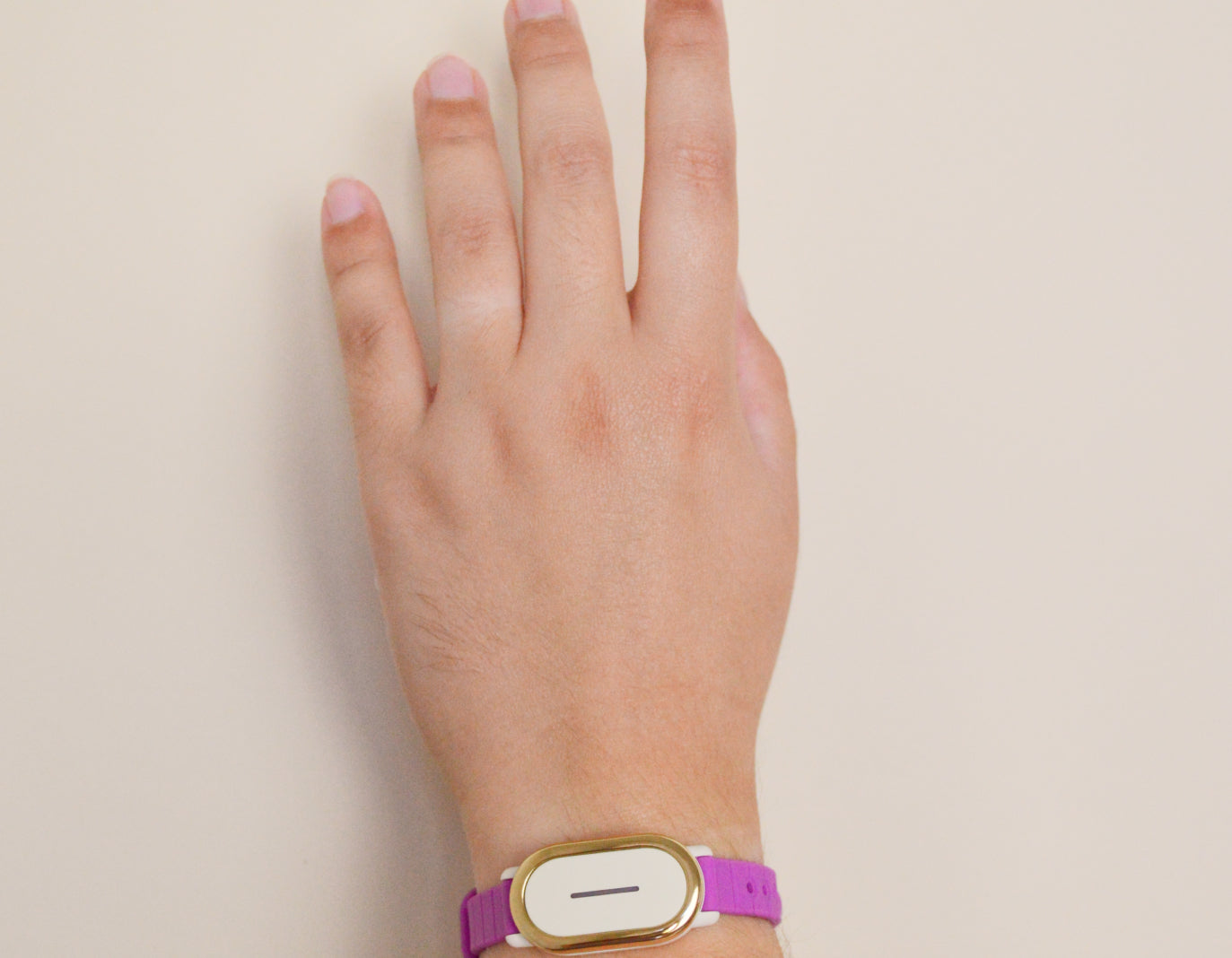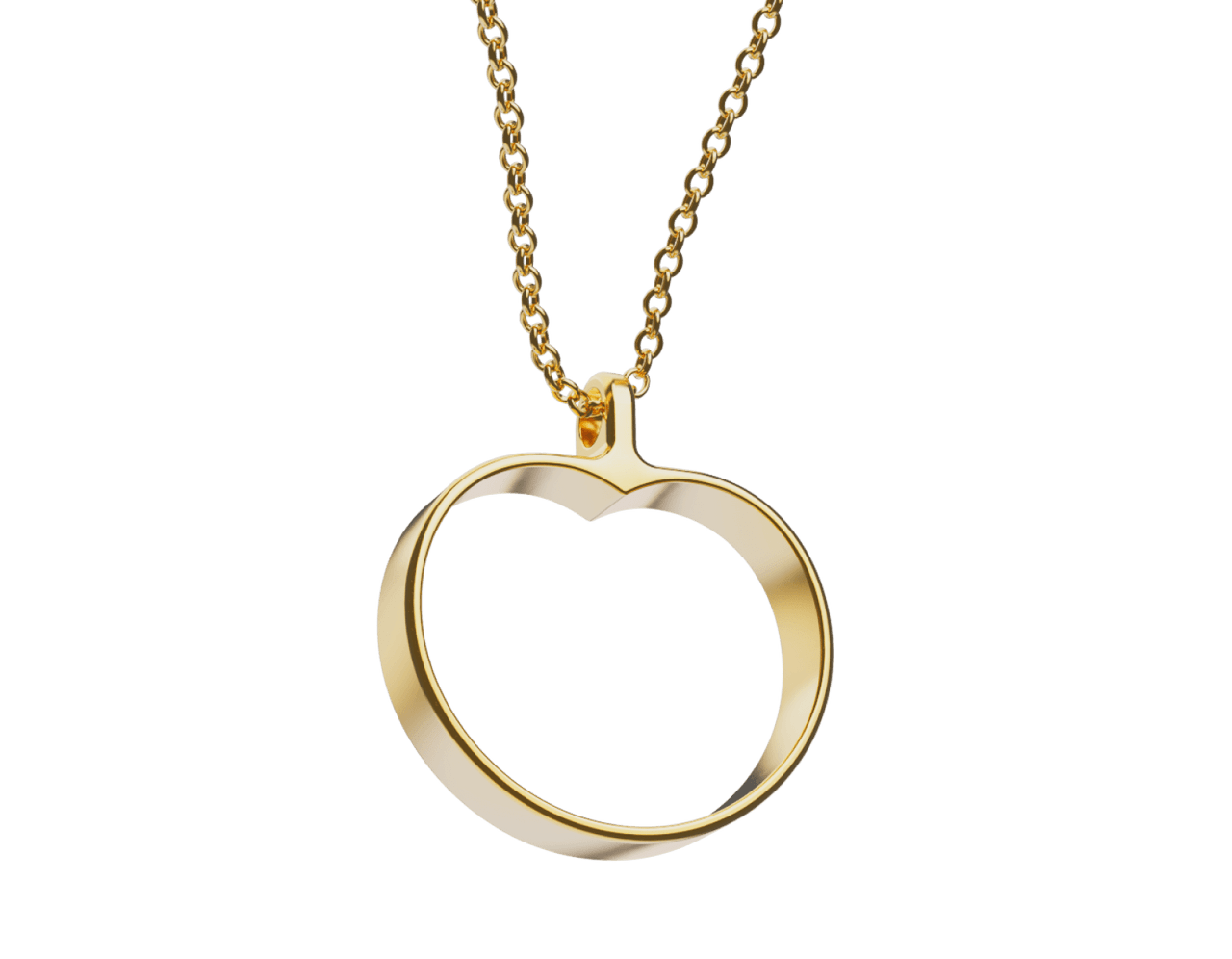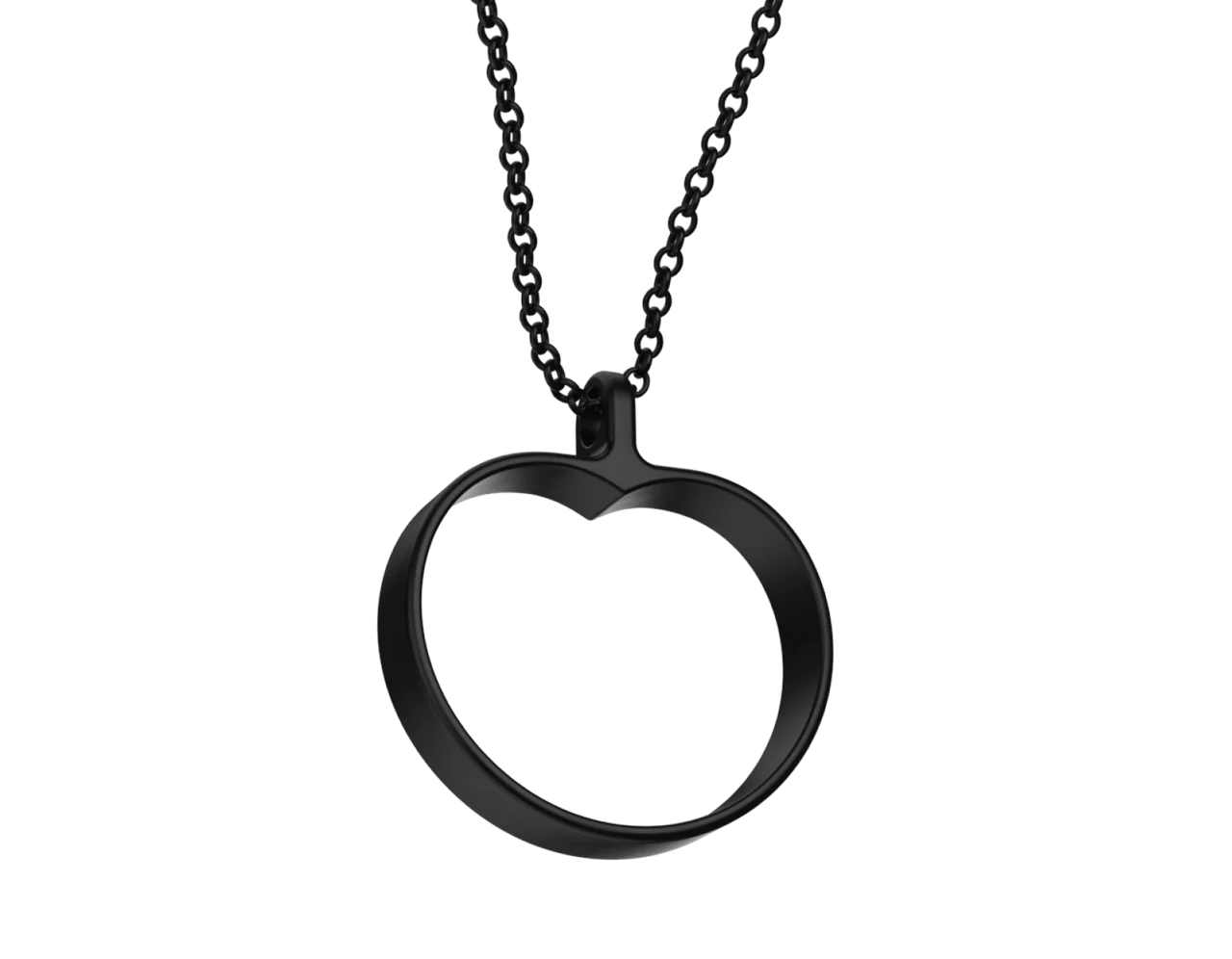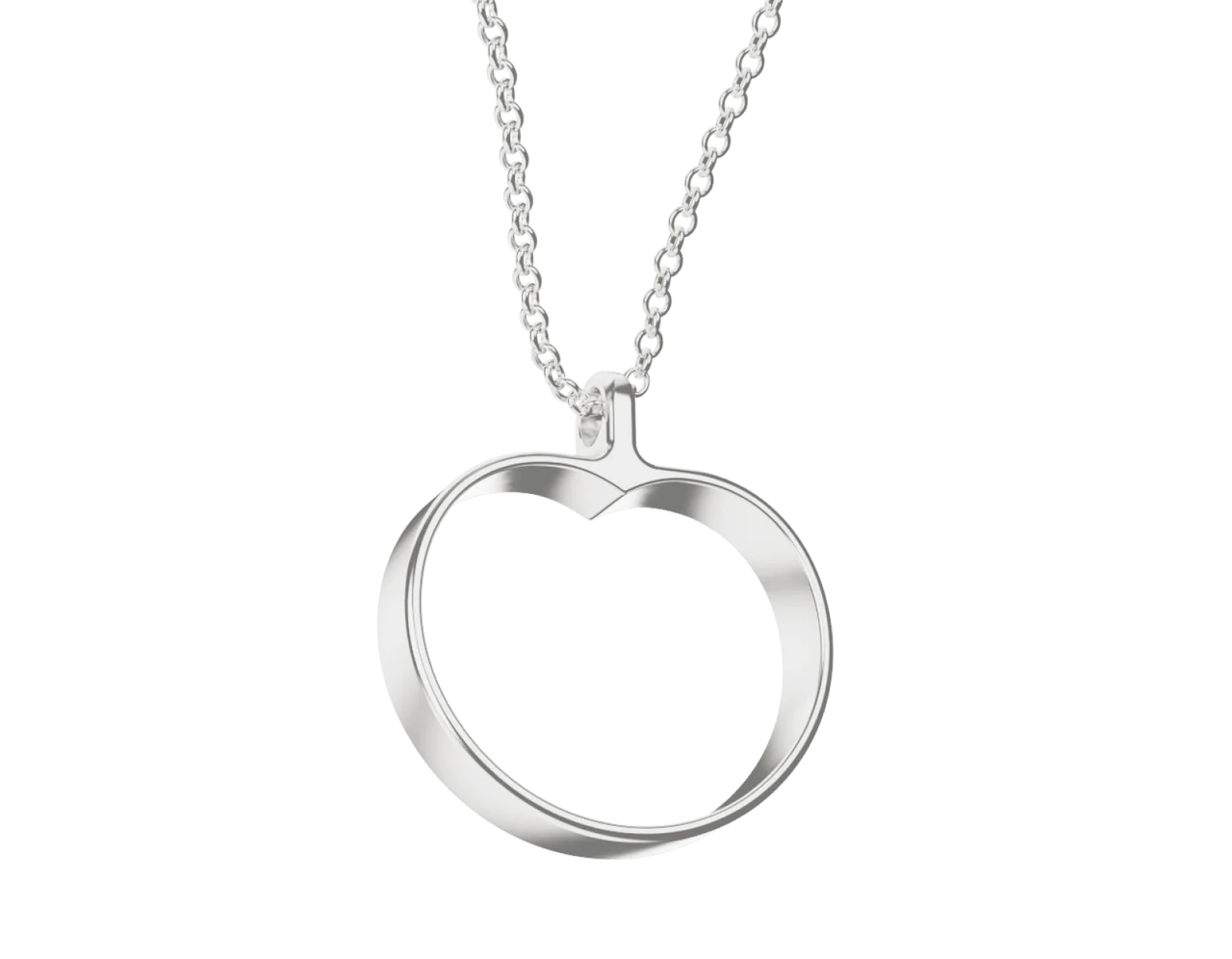The embodiment of gender roles in same-sex couples can be traced back to the age-old idea that a relationship should be between a man and a woman. But in a world where words like "man" and "woman" are giving way to fluidity, how does this polarization of what's expected from certain genders extend to our relationships?
It’s one of those questions virtually every person in a same-sex relationship has been asked, at least once: “Who wears the pants?” or, even worse, “Who’s the man?”
Whenever these questions popped up in a conversation, I would roll my eyes so hard I could swear the Moon would drift out of orbit. But no. The Moon remained unscathed, and the person who mouthed the words was still there, waiting for an answer.
“We both wear the pants. We’re both the man!”, I would bark back.
How are you even supposed to answer such a problematic question?
I soon realized that sarcasm wasn’t getting me anywhere and that the real issue was left undisturbed. And, when the day came that I decided to look into the matter, I felt like I was opening Pandora's Box.
If we’re going to look at gender roles in same-sex couples, we have to address gender roles in every couple, especially in heteronormative couples (we'll get to them in a bit). But it gets even more complicated because to talk about gender roles, you must talk about gender.
And we all know how hard that conversation can be.
Ignorance isn't a bad thing
Let’s start from the beginning: the question itself and who’s asking it. From my experience, most people who have mouthed these doubts don’t do it out of spite or hate. For them, it doesn’t come from a mean heart.
It’s just ignorance.
And we have to remember that ignorance is not a bad thing, as long as the person isn’t choosing to remain ignorant. Not knowing is the natural state of things. But the will to learn is what pushes us to grow.
I can’t help but wonder:
Where does this idea come from?
Well, gender roles are nothing new. They’re probably as old as cellular mitosis. In fact, for a long time, Biology was the only plausible explanation behind gender roles, even though Biology as we know it has only been around since Aristotle.
Today, anyone who has paid attention to 8th-grade Biology will know that there are more than two possible outcomes when it comes to sex attribution.
For the most part of their existence, human beings lived as nomad hunter-gatherers. So, naturally, anatomy and physical strength played a big part in deciding who went out to gather berries and hunt prey, and who stayed put, feeding the kids and whatnot.
Still, as we traded caves and river beds for cul-de-sacs and overly-priced one-bedroom apartments, the gender divide remained intact. It’s might have even grown. Up until the 70s and 80s, most married women were staying home, cooking, cleaning, raising children, and handling the house, while men were solely expected to work to provide for the household.
It should come as no surprise, however, that this scenario just… wasn’t working. At one point, American housewives were so depressed (hysterical, as they called it then) that they gobbled down barbiturates like they were breath mints.
Today, however, aspirations are different but the gap has remained pretty much the same. Gender is still a criterion that bars a lot of people from entering the workforce, building a career, or running for office.
Gender is a social construct
Today, binary genders are being questioned. We’re acknowledging that their whole premise is divisive: ones and zeros; someone at the top and someone at the bottom; someone getting praised and someone being shamed.
If gender is a social construct, surely it can be deconstructed.
There’s no way equality can be achieved as long as the scales are tilted and misrepresentative.
This is how gender roles entered relationships: millennia ago. And as same-sex relationships became normalized they weren’t immune to role assignment. I think that explains some phenomena we have been witnessing within the LGBTQIA+ community, like the shaming of butch and femme people.
“No fats, no femmes, no Asians”
For years now, we have collectively been glorifying gay men who don’t look the part: they’re muscled, attractive, strong, and… masculine. Get the gist? All the while, gay men who embrace traditional feminine attributes are pushed to a corner and shamed.
Ever heard of “no fats, no femmes, no Asians”? –
It’s a standard disclaimer found in gay dating apps, intended to let the person on the other side know that they’re only interested in masculine people.
The same thing happens to lesbian women, but the other way around.
This is how hard gender roles have entered the dating territory.
We’re constantly facing outside assumptions between homosexuality or heterosexuality, masculinity or femininity. We mustn't confuse sexual orientation with gender, let alone gender roles. Why is it that so many people expect a gay man to behave in a feminine manner, or a lesbian woman to look more masculine? It’s not homophobia, it’s sissyphobia.
The queer subversion of the gender system is why we’ve been persecuted. We are not conforming to the norm, and that nonconformity to a system that has been in place since the dawn of History is shaking the social hegemony of toxic male heterosexuality.
Sheesh… I would be scared too.
We all grew up with Gender Roles
Most of us were raised with gender roles. Chances are that, in your house, like mine, you wore blue or pink as a child depending on the sex you were assigned at birth, and that the female figures of your family were expected to do all the cleaning up, while men stayed at the table having a drink.
Fortunately for all of us, things keep changing. Today, people living together are expected to share every chore without regard to their gender. You'll get side-eyed if you admit you don’t share house tasks with your partner.
As gender, as a social construct, becomes more fluid, can we expect gender roles to follow that path? Can your role in the relationship change depending on the person you’re dating?
After all, gender is also performance.
For me, the problem relies upon the automatic assumption that chores such as cooking, cleaning, or doing laundry fall under one gender. The problem is in thinking that one of the persons in the couple must be the alpha, the person in dominance.
The fact that I didn’t even have to assign gender to these examples, and that you still automatically assumed the first was intended for females and the last for males, is the problem.
So, how do we go ending gender roles?
You’ve got me there. I’m usually the person asking the questions, not providing answers. In fact, I’m not sure how to go about answering this one.
But one thing I'm confident in is this: educating oneself about these issues is hard. There's an infinite amount of information and knowledge out there, and just scratching the surface won't do. The minute we type a genuine valid question onto Google, we're overwhelmed.
The good thing is that we're finally being given a seat at the table.
But I’m positive that the only way for us all to grow as a society, not just a community, is to open our hearts to ignorance.
Next time someone asks you, or your partner “Who wears the pants?” fight the urge to roll your eyes and walk away.
Instead, start the conversation. You might be surprised how much people are actually open to learning. I’ve said it before: Empathy should be at the center of every social interaction we have.
To make ourselves understood and respected, we must acknowledge that progress won't happen overnight and that conservative values will continue to exist.
But who said one rules out the other?











